Introduction
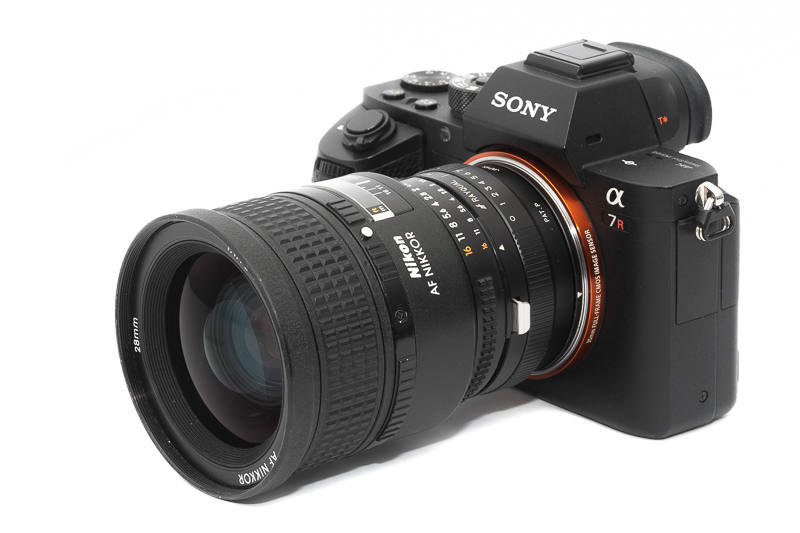
I love to have a closer look at exotic lenses from the past, especially those that had a huge influence on lens design in general, that pushed the boundaries and ultimately redefined the idea of optical performance. This Nikon AF Nikkor 28mm 1.4 D is definitely one of those lenses. Not only does it feature a ground aspherical element, but also an extremely complex internal focus mechanism with one fixed and two moving groups. In 1994 no one else made a lens comparable to this one.
Let’s see what this lens is capable of on modern high resolution digital cameras.
Sample Images



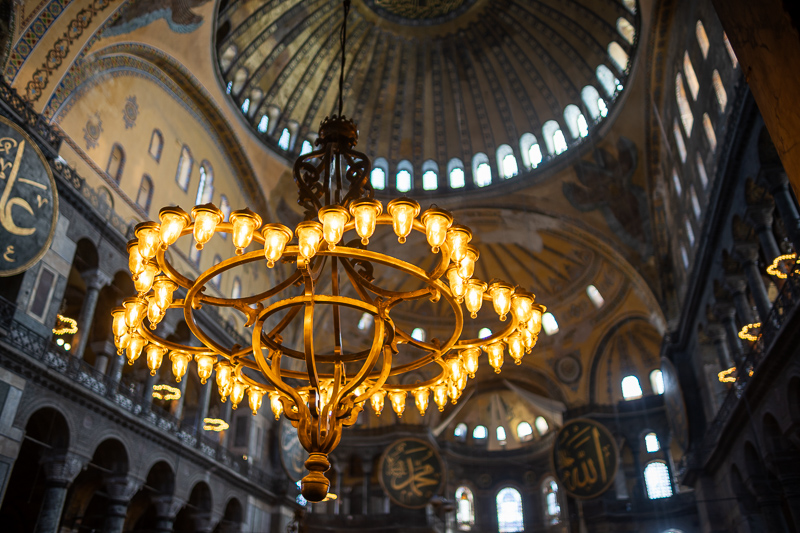
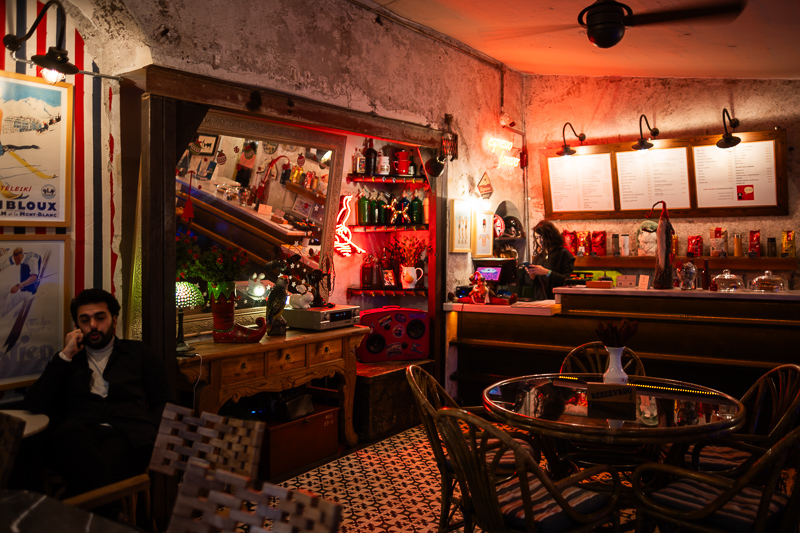
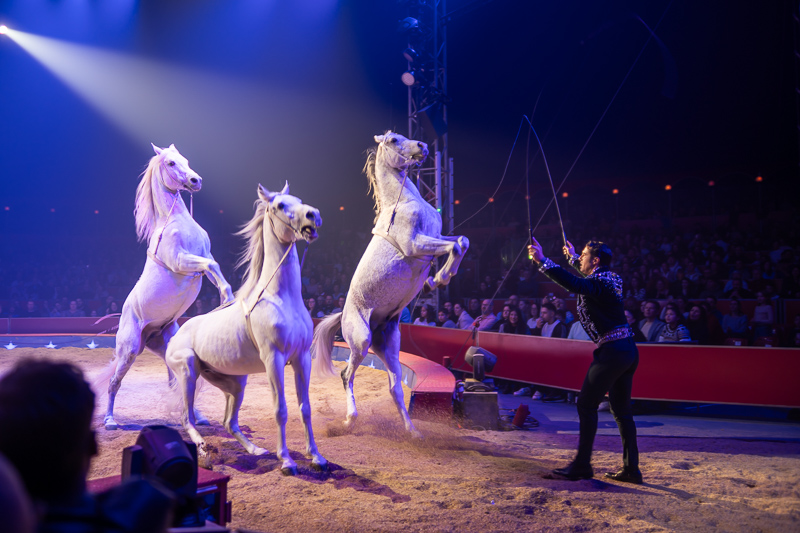
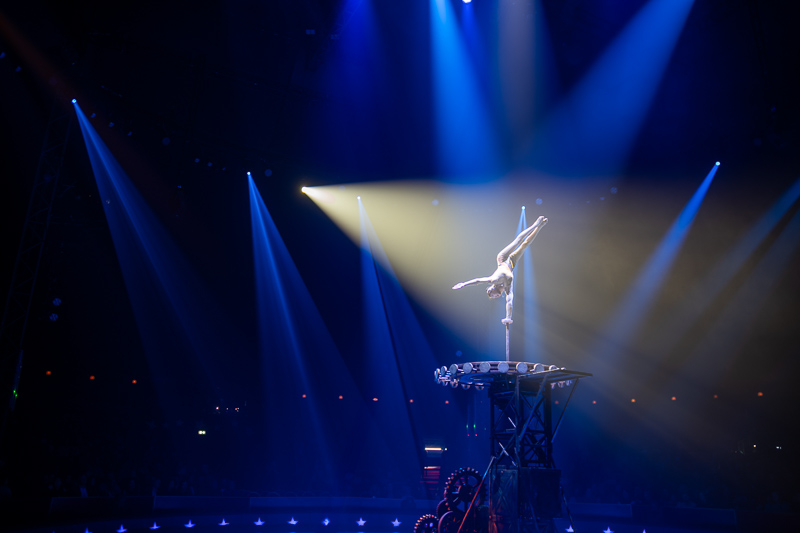
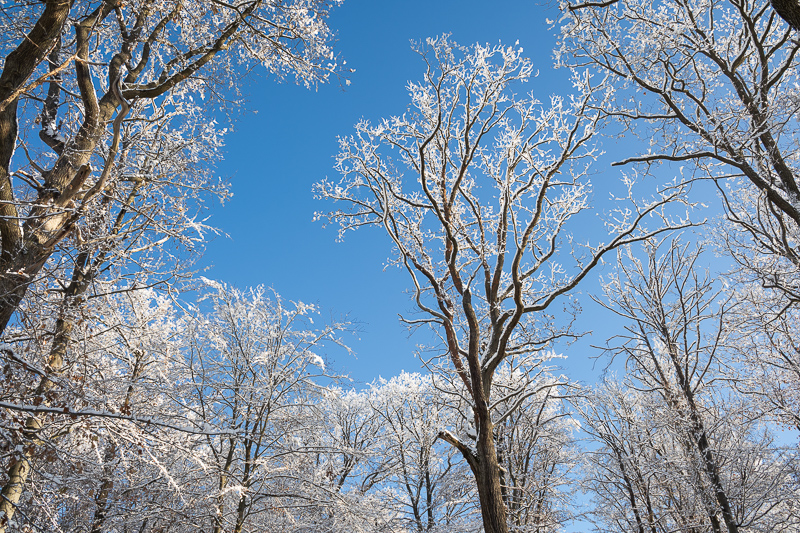
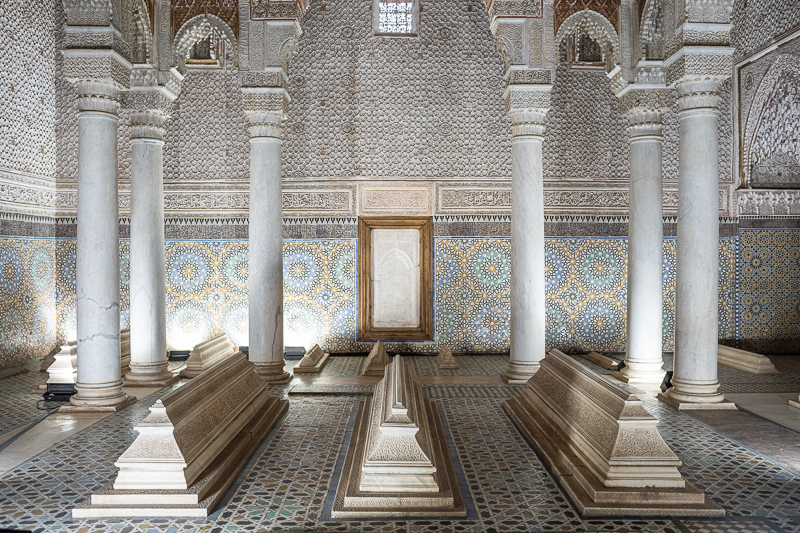
You can find many of the sample images in full resolution here.
Contents
Specifications / Version History
There have been two different Nikon 28mm 1.4 lenses so far:
- Nikon AF 28mm 1.4D
520g, 11/8 design, 72mm filter, 1 aspherical element, MFD 0.35 m, D-type, 1993-2005 - Nikon AF-S 28mm 1.4E
646g, 14/11 design, 77mm filter, 3 aspherical elements, MFD 0.28 m, E-type, 2017-
This is a review of the earlier Nikon 28mm 1.4 AF-D, its full specifications are:
-
- Diameter: 74 mm
- Field of view: 75.2° (diagonally)
- Length: 79 mm
- Weight: 520g (without hood, without caps)
- Filter Diameter: 72 mm
- Number of Aperture Blades: 9 (rounded)
- Elements/Groups: 11/8

- Close Focusing Distance: 0.35 m
- Maximum Magnification: 1:8.5 (measured)
- Mount: Nikon F
You can find this lens on ebay.com (affiliate link) starting at $1200
History
If you want to know more about the development and the history of this lens you should first have a look at Nikkor – The Thousand and One Nights – No. 28: Nikon AF-D 28mm 1.4.
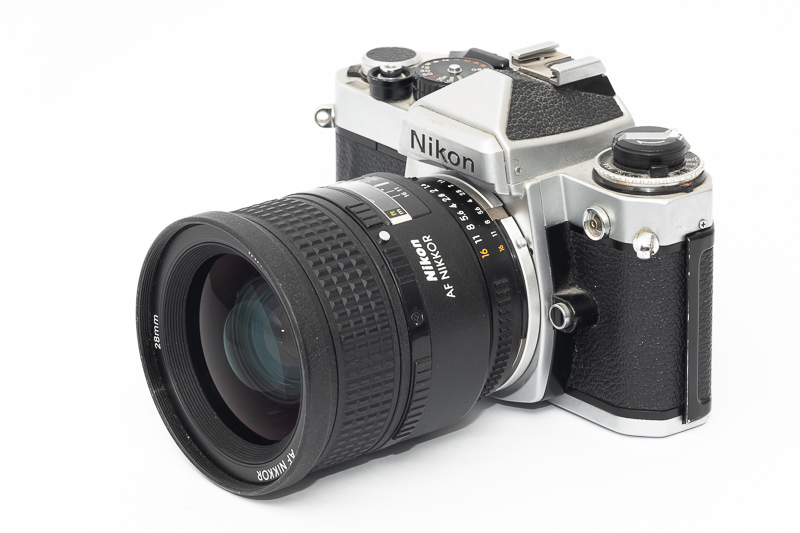
But there is actually more to the history of this lens than that. When I first heard of it in 2008, it was already discontinued and almost unobtainably expensive at around $4,000 used. Nikon had just released the D3 and this was their only fast, high performance wide angle lens at that time. This lens had already been discontinued though and as only around 7,000 had been made, the demand was suddenly way higher than the scarce supply on the used market.
For reference: more than 11,000 copies of the famous Nikon Noct-Nikkor 58mm 1.2 have been made and more than 100,000 of the Nikon AF-D 85mm 1.4 from that same era.
When in 2010 the Nikon AF-S 24mm 1.4G hit the market, the used prices of this 28mm 1.4 finally started to come down a little. For a real successor to show up it took until 2017 though, when – at the end of the DSLR-era – the Nikon AF-S 28mm 1.4E had finally been released. This and the lack of support for screw-drive AF lenses on Nikon’s Z-series mirrorless cameras lead to the used prices of this AF-D 28mm 1.4 finally plummeting to somewhat reasonable levels of $1,200 – at least for a while, before the collectors figure out this might actually be the most desirable lens to have among those, that Nikon made in the 1990s.
Handling/Build quality
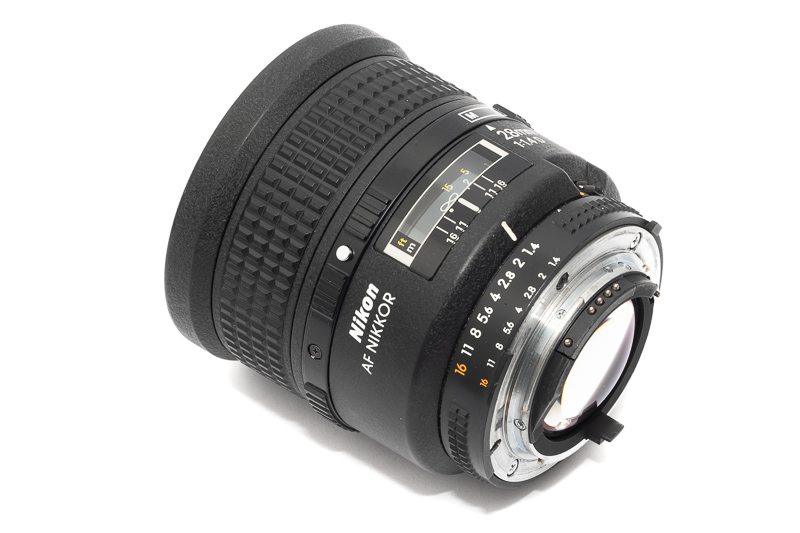
Generally speaking, I don’t think the AF-D era was the best for Nikon, as by 1994 – when this lens was released – Canon already had a full lineup of technologically advanced and easier to use USM driven lenses, while Nikon was still relying on the inferior screw-driven AF (note: it took Nikon until 1999 to release the first non-super tele lenses with comparable AF-S technology).
The focus ring rotates exactly 90° from the minimum focus distance of 0.35 m to infinity. The manual focus experience is decent, but not as great as with true manual focus lenses with a longer throw. The focus rings of many AF-S and AF-D lenses have some slack when changing the direction of rotation, interestingly this does not seem to be the case here.
The aperture ring is situated towards the rear of the lens and features equidistantly spaced full-stop click stops. As is typical for the AF-D lenses it has more of a short throw.

This Nikon AF-D 28mm 1.4 was one of the higher grade lenses in the AF-D line-up, as it does at least feature an AF/MF ring-switch, to detach the focus ring from the helicoid when using an AF camera. These ring switches are prone to breaking though, so better treat them carefully.
The outer casing of the lens seems to be made from mainly metal and a few high quality polycarbonate parts, markings are engraved and filled with paint.
A small hood (HK-7) was available for this lens, but it is so short, it merely serves a decorative purpose, so no need to pay a lot of money for one. I read that the HK-4 hood designed for the 35-70mm 3.5 Ai also fits without vignetting, despite offering way more shading, so I tracked down one of those instead. We will see in the flare section if it was worth it.
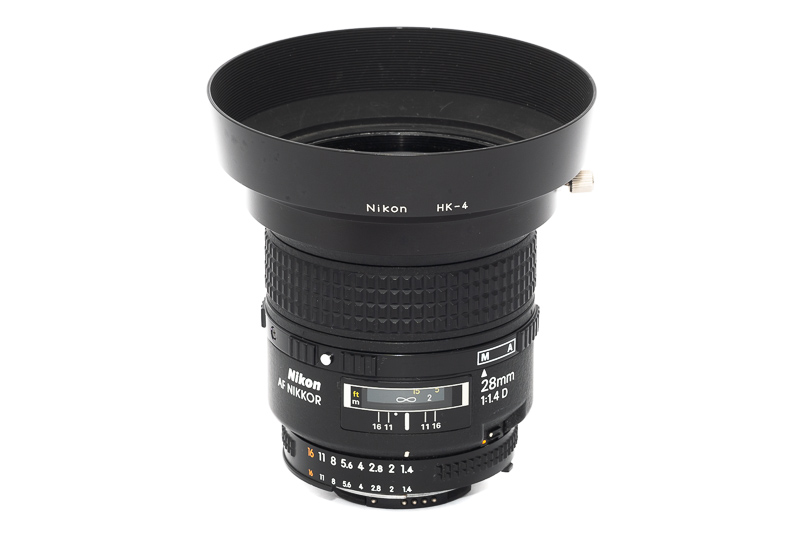
According to its patent specifications this lens features a very complex internal focus mechanism with one fixed group (the front group in this case) and two independently moving rear groups. When adapting this lens to other camera systems you should therefore make sure your adapter has the correct length, to not have a negative impact on this lens’ image quality.
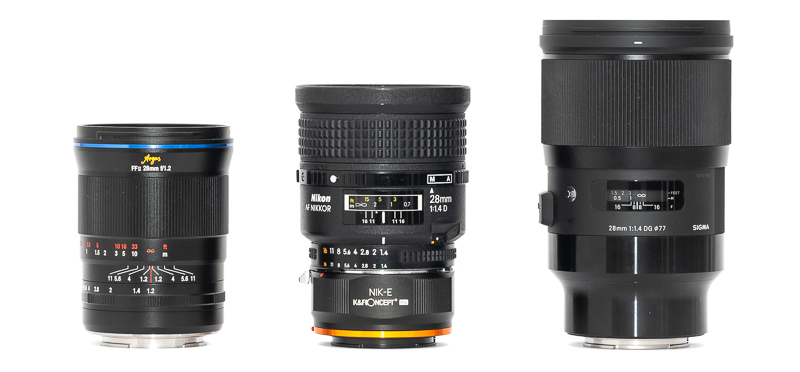
On (D)SLRs this is a reasonably sized 28mm 1.4 lens. It actually is the smallest 28mm 1.4 fullframe lens ever made for SLRs and almost tiny compared to its successor, the Nikon AF-S 28mm 1.4E, and also compared to the Sigma 28mm 1.4 Art. If we add in the necessary adapter and compare it to the (few) fast 28mm offerings for today’s mirrorless cameras, the situation looks a bit different though. The Laowa 28mm 1.2 for example is not only faster, but also noticeably smaller.
Vignetting
light falloff
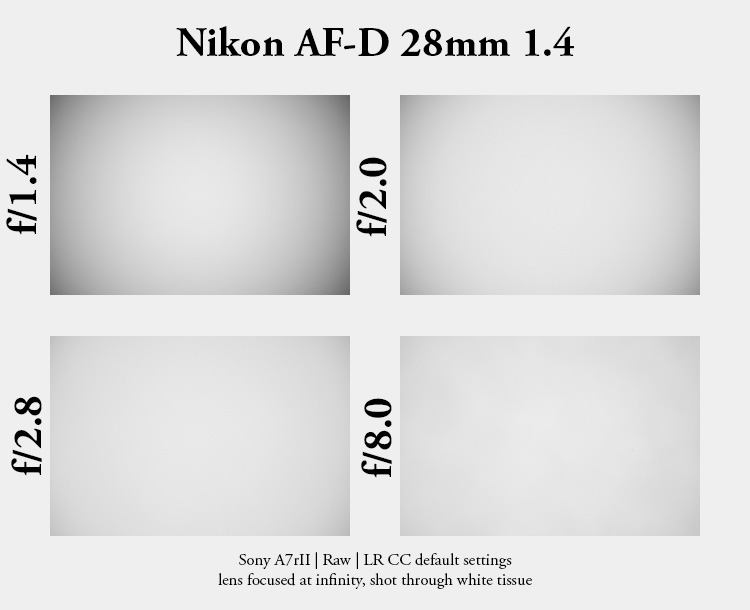
| f/1.4 | 2.6 EV |
| f/2.0 | 1.9 EV |
| f/2.8 | 1.3 EV |
| f/4.0 - f/16 | 1.0 EV |
In this category lenses designed for (D)SLRs actually have a potential benefit over those designed for rangefinder/mirrorless cameras: the long back focus distance can lead to light rays coming from the rear element hitting the sensor at less acute angles. To some degree this is also the case here.
The vignetting figures at the maximum aperture are comparable to those of the 7Artisans 28mm 1.4 and also the Laowa 28mm 1.2 @ 1.4, but stopped down this Nikon lens shows the least vignetting: between half-a-stop and one stop less than the other two.
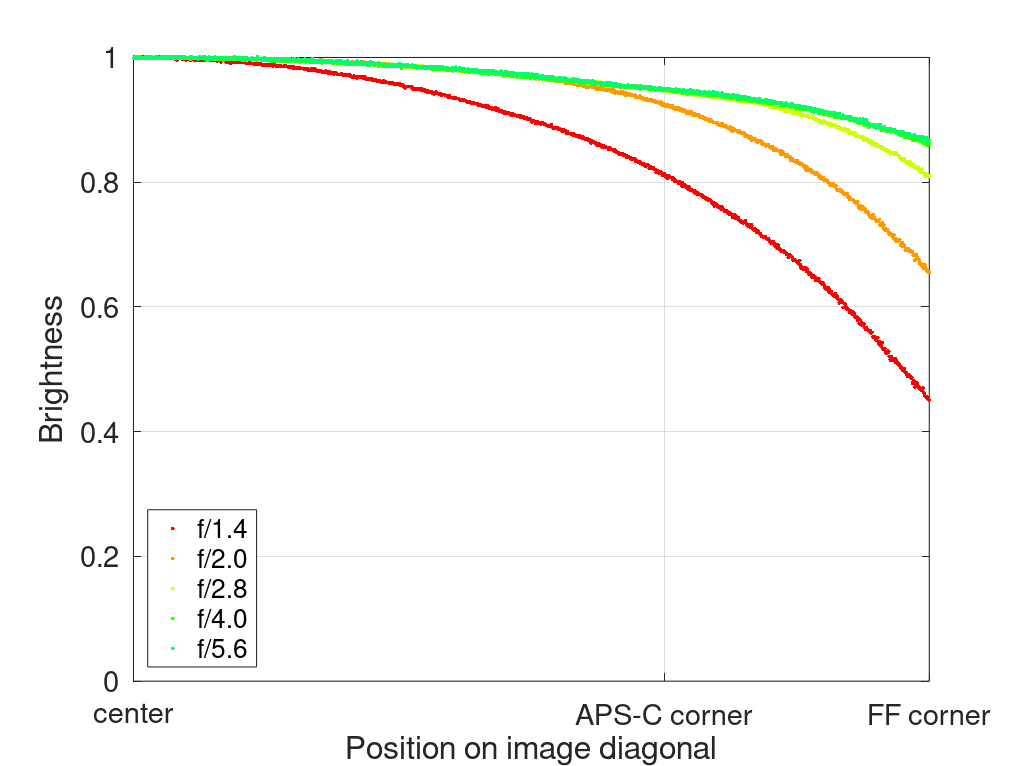
It is recommended to have a look at this article first to get an idea how this brightness graph works.
optical vignetting
Fast lenses usually show a noticeable amount of optical vignetting. Without going too much into technical details optical vignetting leads to the truncation of light circles towards the borders of the frame.
In the center of the frame almost every lens will render a perfect circle, but only lenses with very low optical vignetting will keep this shape in the corners.
So in the following comparison we move from the center (left) to the extreme corner (right) and see how the shape of the light circle changes.
I did shoot all three lenses side by side, they were set to 0.5 m and with focusing at a target situated at exactly 0.5 m distance from camera it was ensured the focus distance is actually the same, so the size of the circles is directly comparable.
The Nikon already starts to show the effect of optical vignetting in the midframe area and naturally it gets worse towards the corners. By comparison the Laowa shows less optical vignetting at shared apertures and also more natural shapes.
At the time this AF 28mm 1.4 D was released, it was still very uncommon to see aspherical elements in mass produced lenses. Considering this, the polishing is actually not bad, I have definitely seen worse onion ring structures from more recent lenses.
Sharpness
MTF-Graphs
Compared to modern 28mm 1.4 lenses the MTF-Graphs do not promise an outstanding performance at f/1.4. Over most of the field we see a decent performance with little astigmatism, but I do not expect as high contrast and resolution as the Laowa 28mm 1.2 was able to deliver.
The drop off towards the corners is also huge, so I expect bad corner performance, at least at wider apertures.

Most MTF-Graphs show calculated values that do not take into account manufacturing tolerances and sample variation. Furthermore they are usually calculated for infinity, so in the field and shooting at different distances a noticeable variation may be visible.
Focus Shift
Not only with rangefinder cameras but also with (D)SLRs focus shift is/was an issue. Luckily I did not find any with this lens.
infinity (42mp Sony A7rII)

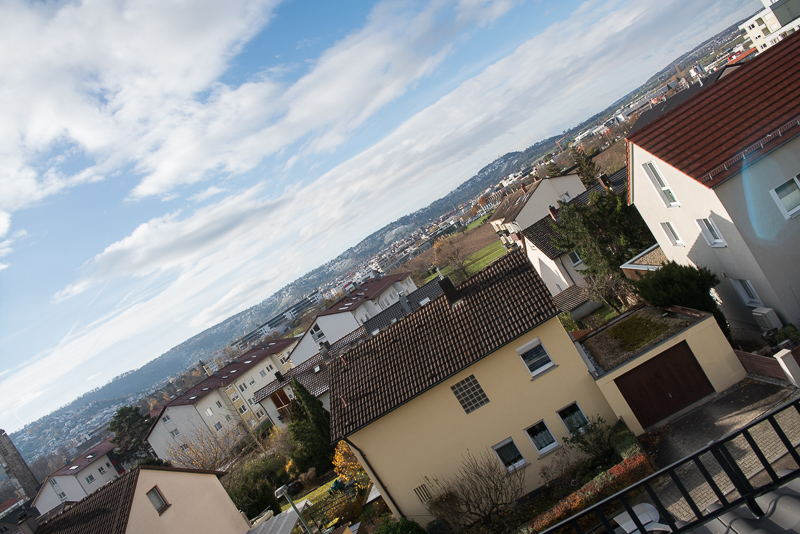
At f/1.4 we definitely see the effect of spherical aberration here, as that leads to a soft glow across the whole frame. Some parts of the midframe and also the corners generally don’t look particularly great at wider apertures. For the midframe to look really good on a high resolution camera stopping down to f/5.6 is advised, for the corners better to f/8.0. Keep in mind this lens has not been designed for digital cameras, let alone high resolution ones.
If high resolution and contrast at wider apertures are important to you, you are definitely better off with one of the more complex, modern 28mm lenses like the Laowa 28mm 1.2, 7Artisans 28mm 1.4, Nikon AF-S 28mm 1.4E or Sigma 28mm 1.4 Art. The Laowa 28mm 1.2 for example shows a better performance at f/2.8 than this Nikon lens at any aperture. 28 years of technological advance have not been in vain.
The correct flange focal distance is also crucial for the performance of lenses with a floating elements design. According to its patent specifications this lens even features two independently moving groups, so I shimmed my Nikon-F to Sony-E adapter to ensure optimal performance is achieved with this lens.
portrait distance (0.9 m, 42mp Sony A7rII)
For portraiture it isn’t so important how flat the field is, it is more interesting to see what the sharpness is like when focused at different parts of the frame to take field curvature out of the equation.

This is what I did here, I refocused for every shot and aperture to get the best possible result at different locations in the frame (center, inner midframe and outer midframe).
Focus distance was roughly 0.9 m and the circle of the dollar bill is more or less the size of a human eye.
f/1.4 <————> f/2.0
In the center the Nikon AF 28mm 1.4 D shows a good performance already at f/1.4, but away from it, things get softer. Good news is that astigmatism is well corrected, which makes focusing a bit easier.
Stopping down to f/2.0 improves the performance in the midframe considerably.
Again it should not come as much of a surprise, that the modern lenses show a better performance here. The Laowa 28mm 1.2 – which I tested under the same conditions – yields significantly contrastier pictures.
close (0.35 m, 1:8.5, 42mp Sony A7rII)
Something I didn’t like about the Laowa 28mm 1.2 and the 7Artisans 28mm 1.4 were their mediocre minimum focus distances of 0.5 and 0.7 m. This Nikon lens has a minimum focus distance of 0.35 m and for me this is an actual benefit.
It is also obvious here that the lens features a floating elements design, as the image quality is already decent at f/1.4 and stopped down even a good across frame performance can be achieved.
Flare resistance
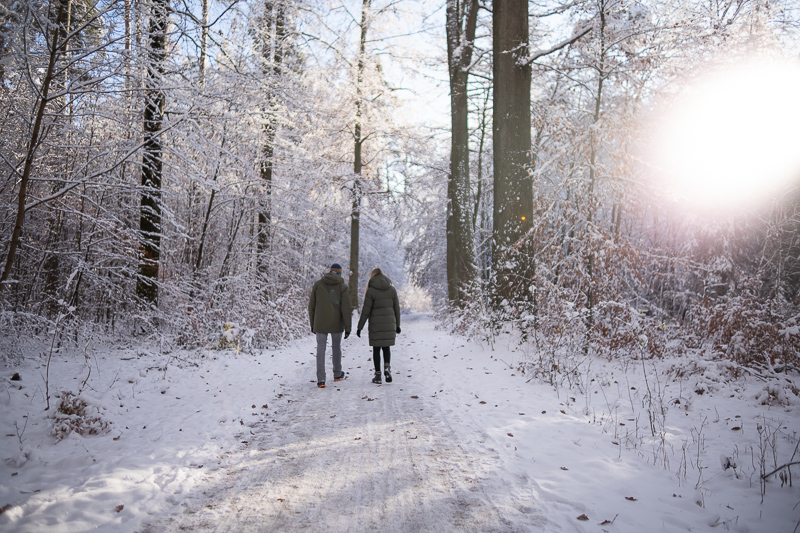
As always evaluating flare is a complex matter since you can get any lens to look bad if you push it hard enough and a slight change of scenario can affect results a lot.
According to this page later models of this lens use the improved Nikon Super-integrated Coating (SIC). This is one of the earlier models without that though.
This is a lens that you don’t have to push a lot to find unwanted artefacts in your pictures. With the sun inside the frame there is this orange ghost that is present at every aperture setting:
I often encountered this ghost in the field, luckily thanks to generative fill it is easy to get rid of it these days when it is in parts of the frame where it doesn’t cover the main subject:
Depending on the position of the light source in- or outside the frame, also stopped down different kinds of artefacts can appear:
What I encountered a lot in the field were artefacts caused by strong light sources outside the frame, especially – but not exclusively – in darker environments. I don’t think the short hood would have been helpful here, but in some cases I was able to get rid of these artefacts by shading the lens with my hand instead:
Would the HK-4 hood I talked about in the handling section have helped in these situations? I tried very hard to fabricate scenarios in which the hood actually makes a difference. I found just one very specific position where the hood did in fact mitigate veiling flare a bit, so for myself I decided it is not worth carrying that huge hood.
When it comes to improving the performance in backlit scenarios a lot has happened in the last 30 years and it shows this Nikon AF 28mm 1.4 D had been first released in 1994.
Coma
Now if you think this lens was free of Coma thanks to one aspherical element I have to disappoint you. After the release of this AF 28mm 1.4 D it took another two decades before we saw the first f/1.4 wide angle lenses that correct this aberration near perfectly.
However, just like the Noct-Nikkor 58mm 1.2, this lens was able to correct this aberration way better than its predecessors and competitors. Until this point the best Coma correction we could get in an f/1.4 wide angle lens was that of the famous Nikon 35mm 1.4, and that one was loaded with Coma at f/1.4 (and also other aberrations).

Still, the modern fast 28mm lenses (e.g. Laowa 28mm 1.2 or 7Artisans 28mm 1.4) do better in this category, as they show less Coma at their maximum aperture and are almost free from it when stopped down to only f/2.0.
Distortion
The distortion of the Nikon AF 28mm 1.4 D is low, but slightly wavy. There is no correction profile in Lightroom available. Dialing in +4 in Lightroom/Photoshop does a pretty good job at correcting this, if this is not sufficient for you, you can also create your own correction profile.
Bokeh

As usual we will have a look how the lens performs at different distances and in different scenarios.
Close distance
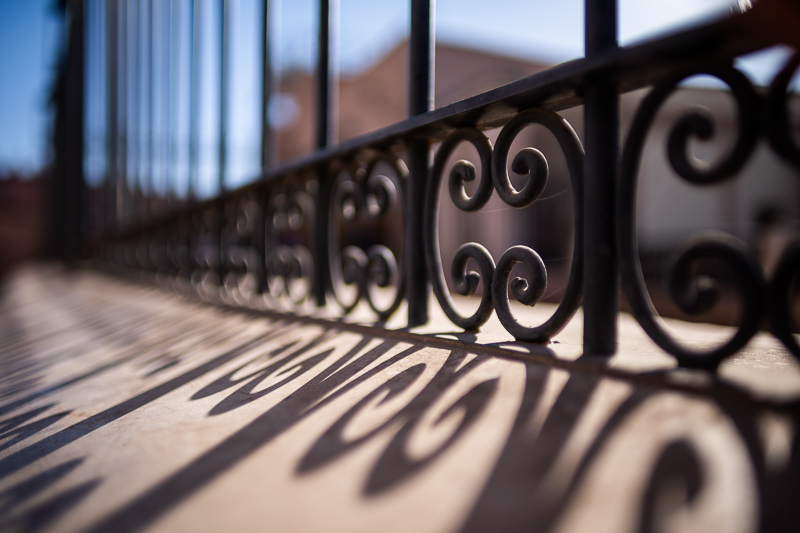
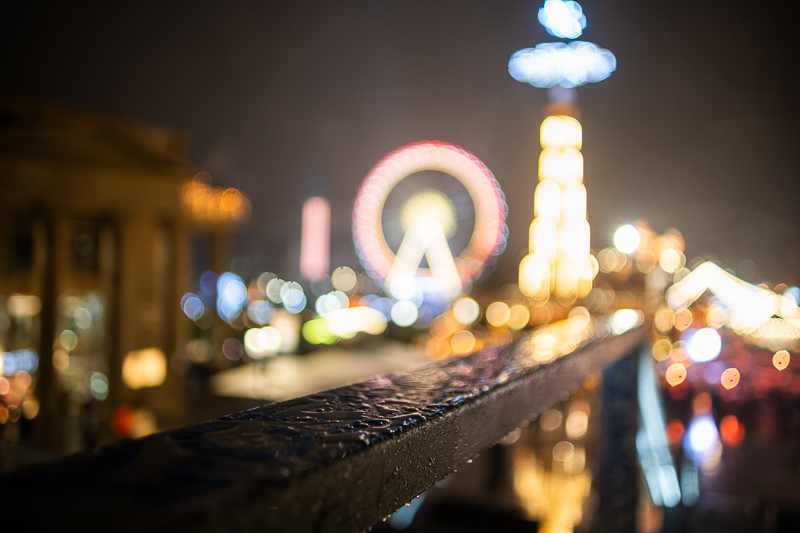
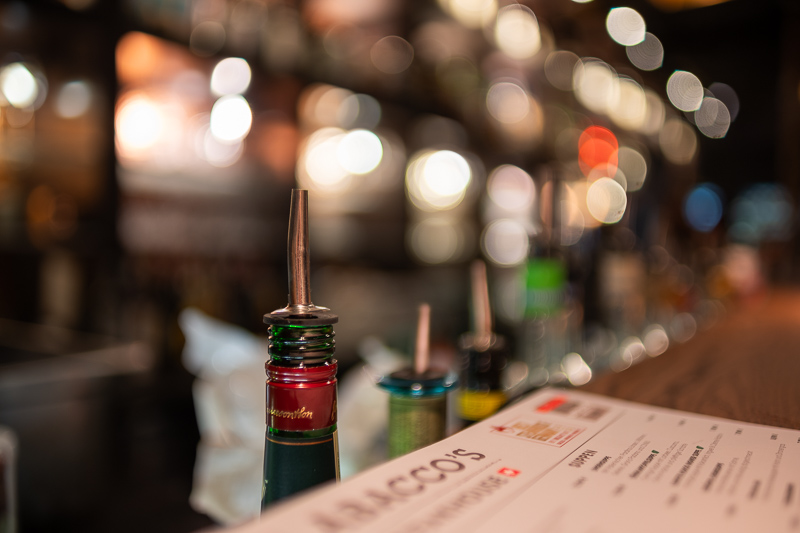
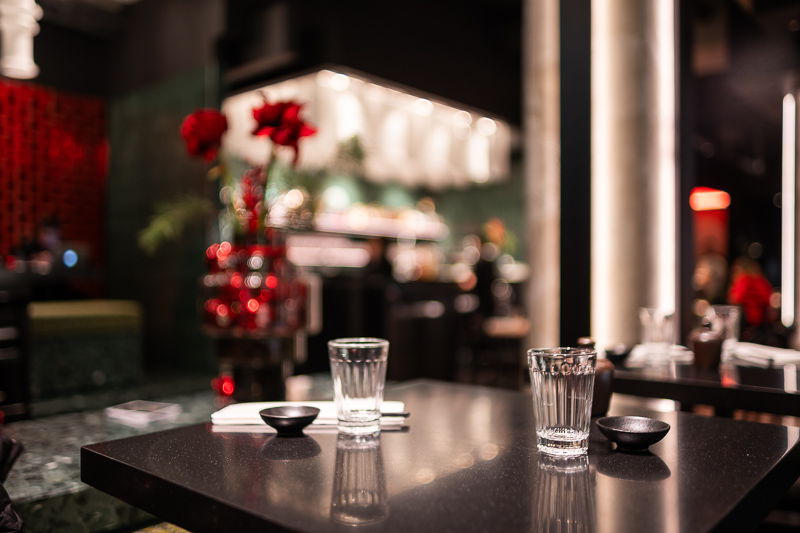
The short minimum focus distance of 0.35 m definitely helps creating a thin DoF here. When the defocused light circles are big we can sometimes see the onion ring structures caused by the aspherical element, but I have seen worse. The light circles do sometimes also show noticeable outlining.
Thanks to the floating elements design sharpness and contrast are really good at these distances.
Mid distance
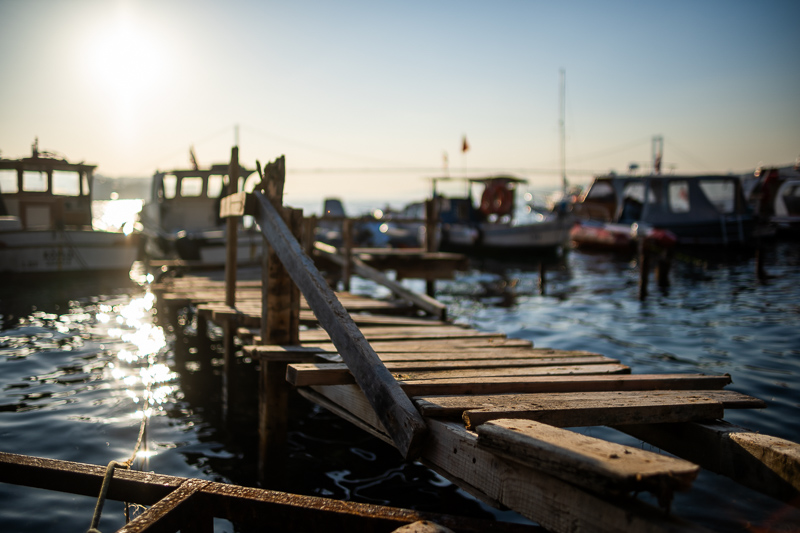


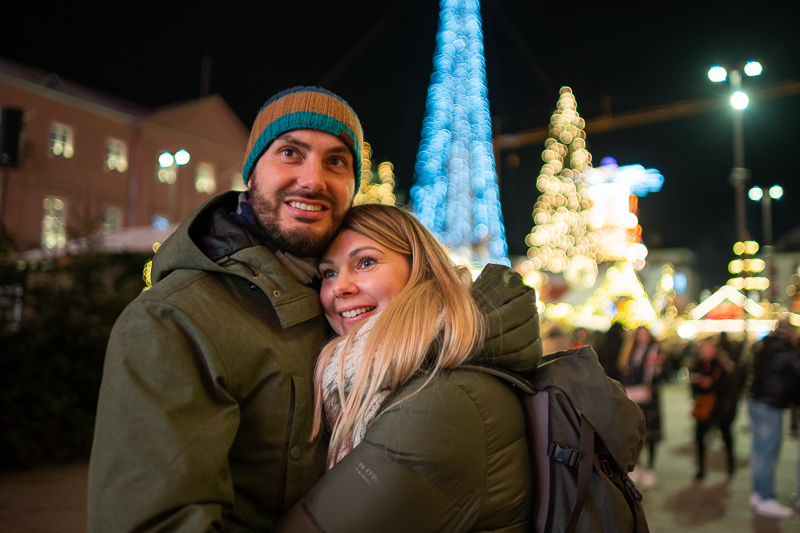
Mid distances are what I like to use lenses like this for the most, because you can show a person but also its slightly out of focus surroundings (see: How to: Create Environmental Portraits).
Long distance
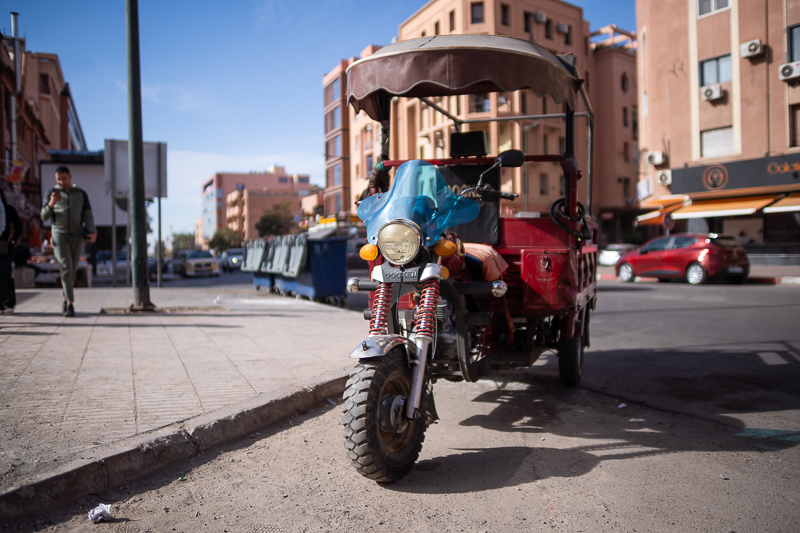
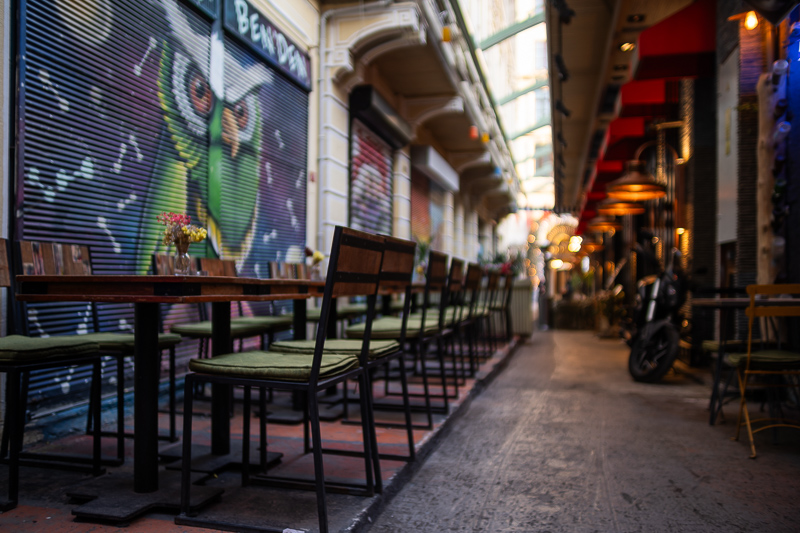



Regular readers know that this is where things get interesting. The Laowa 28mm 1.2 Argus is a lens that showed a great performance at close to mid distances, but had some issues caused by field curvature at longer distances, so I thought it would be a good idea to compare the Laowa to this Nikon lens directly.
Compared to: Laowa 28mm 1.2 Argus
Scene 1: Close Focus
Scene 2: Transition
Scene 3: Long distance
Observations
First thing we notice is that the Laowa has stronger vignetting at its maximum aperture, which is visible in all these scenes.
In the first two scenes we see the Laowa rendering a smoother bokeh over most parts of the frame and also a bit more blur in the center – as was to be expected. Without a direct comparison I would hardly be able to tell which picture had been taken with what lens here.
Now in the third scene we do see a huge difference between these two lenses. Due to the Laowa’s high and unfavourable field curvature it shows noticeably less blur towards the edges and corners. I added a corner crop to show that the Nikon still creates some blur in the corners whereas those of the Laowa are as sharp as can be at f/1.2. It almost looks like the Laowa is stopped down by 1-2 stops here compared to the Nikon.
If a nice bokeh at longer distances is important to you, the Nikon is doing a good job. I like it more than the Laowa here and I think I see a bit of a draw with the 7Artisans 28mm 1.4.
I also added these comparison pictures in full resolution to this lens’ flickr album.
Sunstars
The Nikon AF 28mm 1.4 D uses 9 rounded aperture blades – not the greatest news, if you are looking for distinct sunstars. The alignment of the aperture blades is pretty good though, so you can actually create decent sunstars from f/8.0 to f/16.
If you want to learn more about this topic have a look at this article.
Chromatic aberration
lateral
I was actually wondering that according to the optical diagram this lens does not feature any ED elements, but looking at the performance in this category it really looks like there are none. Lateral CA are very noticeable towards the corners when not corrected. This is rather unusual for high performance lenses designed during the film era.
Luckily on digital lateral CA are easily corrected in post by just one click – in this case not perfectly though.
longitudinal
The correction of longitudinal CA is not exactly a huge strength of this Nikon AF 28mm 1.4 D. At f/1.4 we see strong green/magenta bokeh fringing and a lot of it remains stopped down to f/2.0.
This scene is a real stress test and we see a lot of purple fringing at f/1.4. Stopping down to f/2.0 helps a lot though, you can find another picture of this scene at f/2.0 among the sample pictures.
Correcting longitudinal CA has not been the number one task of Nikon’s optical engineers for a pretty long time. The more recent and also more complex Nikon AF-S 24mm 1.4 G and AF-S 35mm 1.4 G did least as bad in this category and from what I have seen also the AF-S 28mm 1.4E from 2017 isn’t exactly a stellar performer here.
Conclusion
good
|
average
|
not good
|
To me a fast 28mm is a very useful lens. I rarely go somewhere without either a fast 28mm or a fast 35mm. But when it comes to fast 28mm lenses, we are not exactly blessed with great options. The history of 28mm 1.4 fullframe lenses is also a short one, as this Nikon was the first one in 1994 and until today (beginning of 2024) we have only seen a handful more. During that same time period nearly countless 35mm 1.4 lenses have been released though.
With its complex floating elements design and its aspherical element this Nikon AF 28mm 1.4 D was not only ahead of its time, it was also a very expensive lens – probably the main reason not that many have been made. But this is also the reason this lens still holds up well to this day when it comes to optical performance.
It isn’t as contrasty as the Laowa 28mm 1.2 or the Sigma 28mm 1.4 and it also doesn’t correct Coma and CA as well. But these are things I hardly noticed in the pictures I took with this lens. The only thing that actually bothered me was the mediocre flare resistance. Luckily in most cases I was able to spot the flare in the viewfinder and shield the lens to get rid of it.
In their history page Nikon calls this the “Wide Angle Noct Nikkor” and I probably should be glad they did not imprint this on the lens, as that would have probably driven up the collector’s value so much, I would have never been able to afford one.
You can find this lens on ebay.com (affiliate link) starting at $1200
Alternatives
Laowa 28mm 1.2 Argus:
The Laowa corrects most optical aberrations better and it has an amazing rendering at close to mid distances at f/1.2. It is also comparably very affordable and being a fully manual lens, the manual focus experience is also much better. A disadvantage is the minimum focus distance of only 0.5 m. The Laowa’s Achilles’ heel is field curvature at longer distances though, which sadly ruins the bokeh a bit here. If that wasn’t the case, this would be one of my most used lenses.
buy from manufacturer’s shop | B&H | ebay.com | Amazon.de (affiliate links) for $599
7Artisans 28mm 1.4:
This was the first 7Artisans lens and it is still a really compelling option. What I don’t like about it is its minimum focus distance of only 0.7 m. Its flare resistance also ain’t great and it produces unappealing sunstars. In terms of resolution and bokeh I see a bit of a draw between them.
The 7Artisans is really cheap by comparison and also noticeably smaller. If you want to spend as little as possible on a 28mm 1.4 lens and/or you are very size conscious this is the one to get.
buy from ebay.com | ebay.de for about $436 (affiliate links)
Nikon AF-S 28mm 1.4E:
I haven’t used this lens personally yet. It is noticeably bigger and I would expect it to perform better in most categories. Due to its electronic aperture diaphragm it is not as easy to adapt to other camera systems and it also won’t work on older Nikon film bodies.
buy from Amazon.de | B&H | ebay.com for $1799 new / $1000 used (affiliate links)
Sigma Art 28mm 1.4:
This might be Sigma’s best balanced late f/1.4 DSLR prime, but when used on a mirrorless camera it is still a huge and heavy lens. Bigger and heavier than this Nikon lens including an adapter. Apart from that its main disadvantages are mediocre flare resistance and high vignetting. But if you are not a Nikon-Z user (so that you can adapt the aforementioned Nikon AF-S 28mm 1.4E with AF) and you want a 28mm f/1.4 lens with good AF, this is currently your only choice.
buy from Amazon.com | Amazon.de | B&H | ebay.com for $799 (affiliate links)
Sample Images

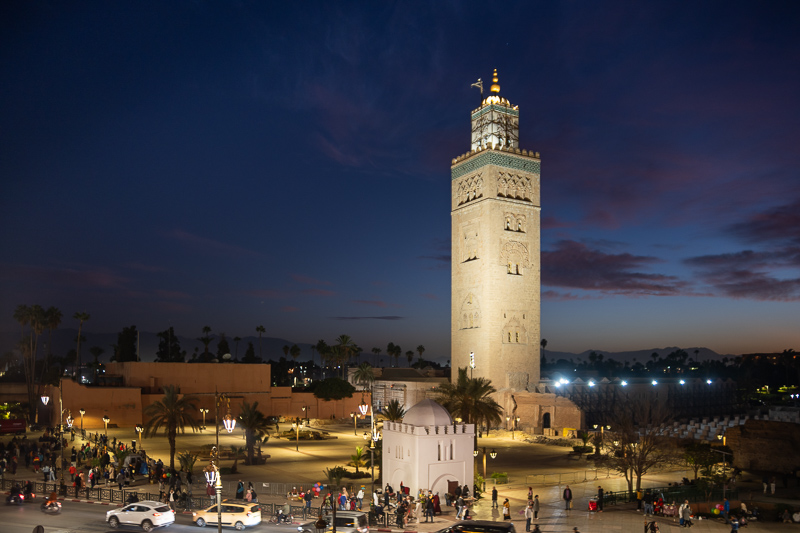
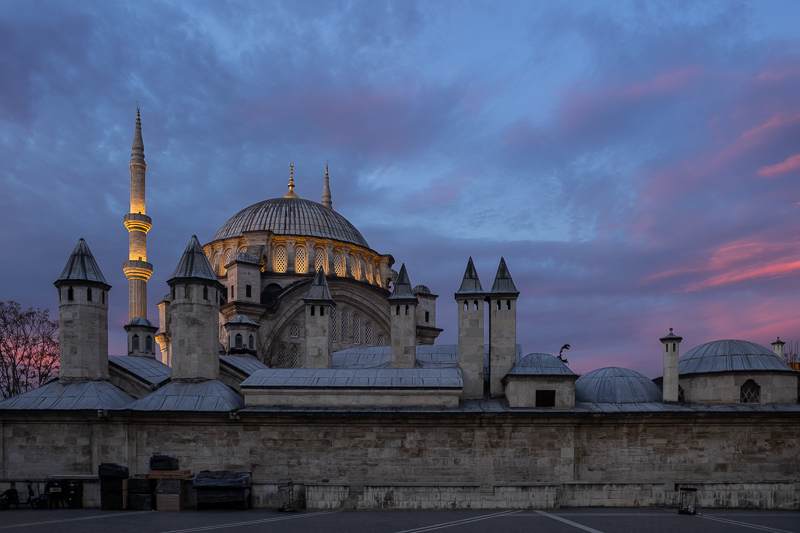

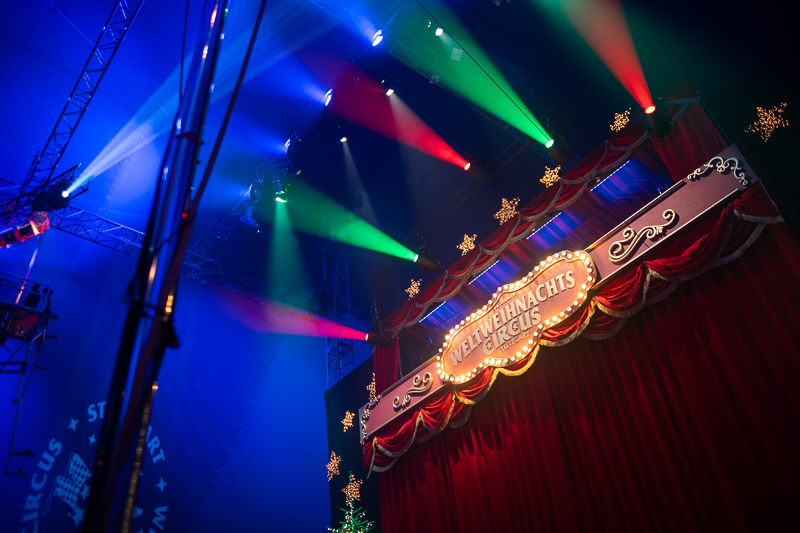
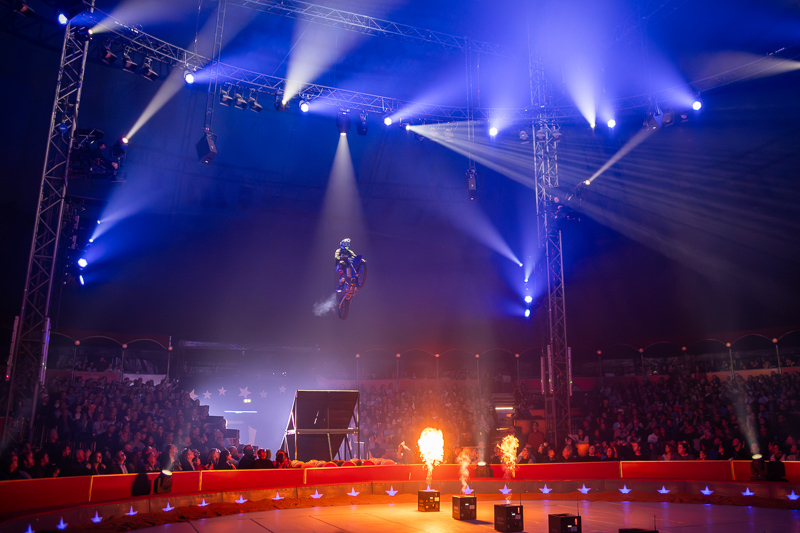
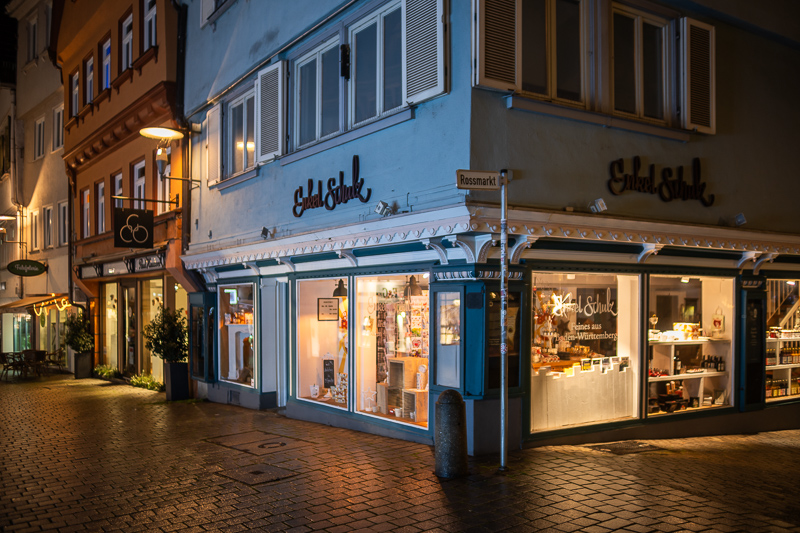
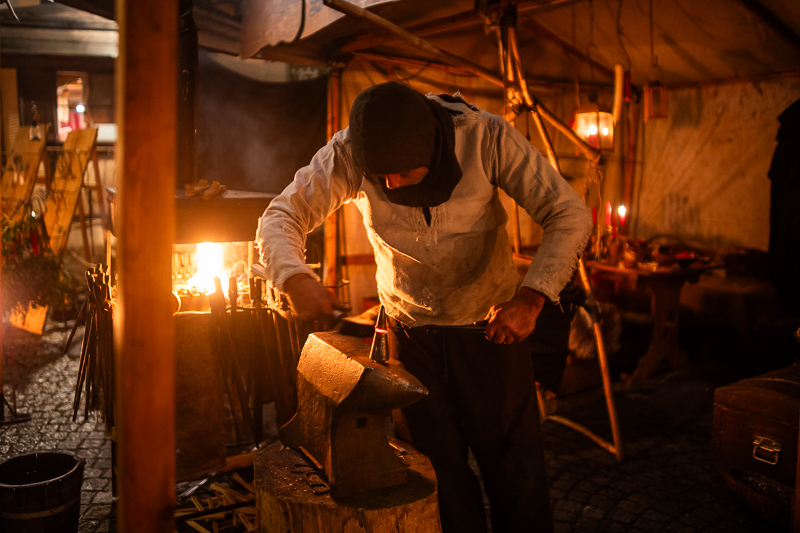

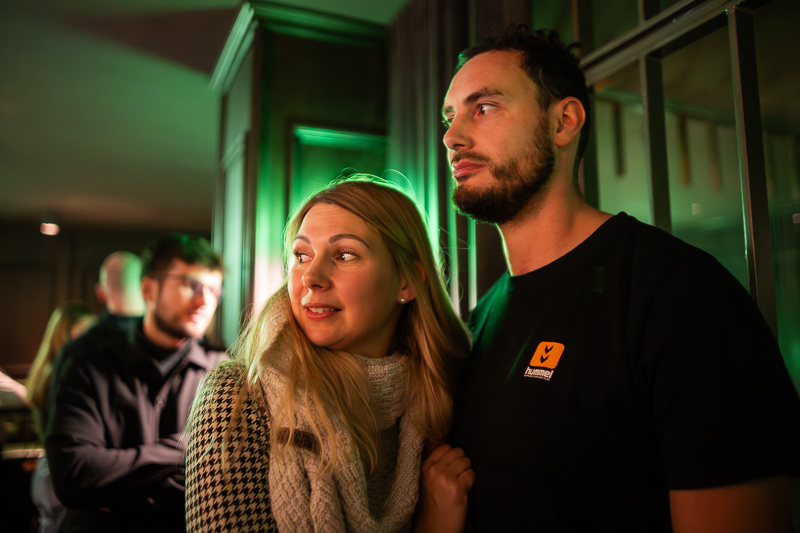
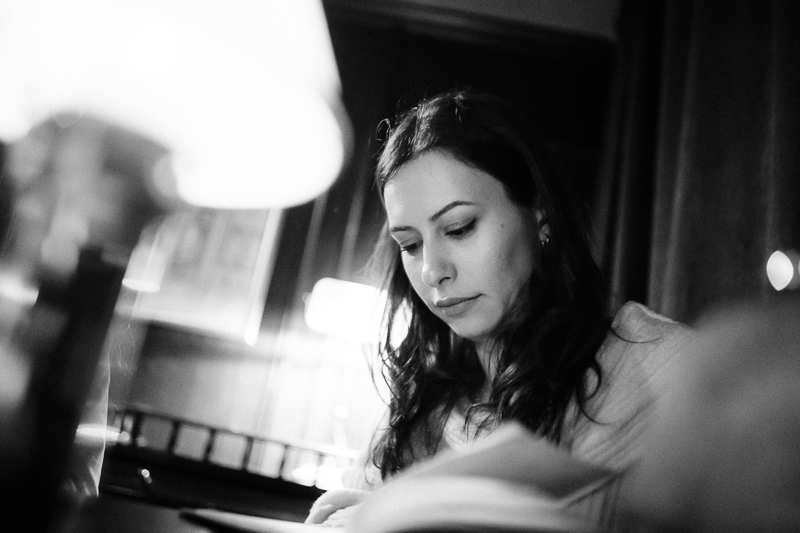




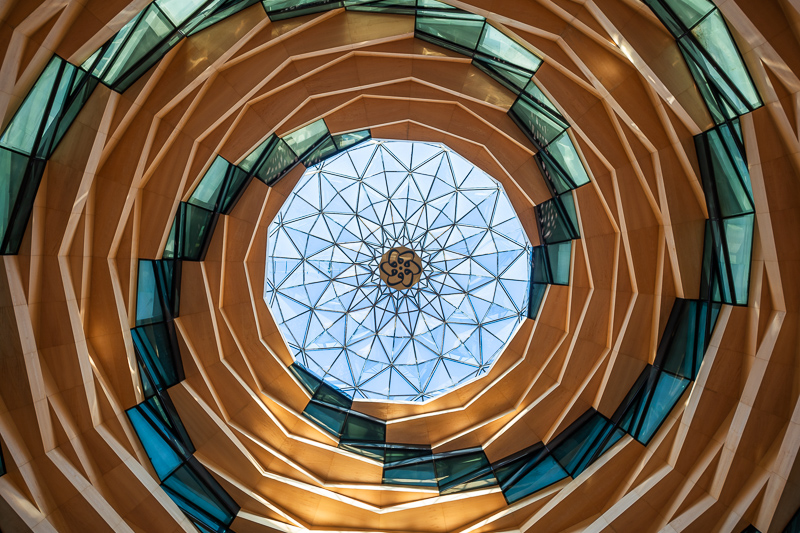

You can find many of the sample images in full resolution here.
Further Reading
- Guide to 20-28mm wide angle lenses for Sony FE cameras
- Review: Zeiss 16mm 8.0 Hologon
- Review: Laowa 35mm 0.95 – The World’s fastest 35mm lens
- What makes a picture good?
- Technical Knowledge
Support Us
Did you find this article useful or just liked reading it? Treat us to a coffee!
![]()
![]()
![]() via Paypal
via Paypal
This site contains affiliate links. If you make a purchase using any of the links marked as affiliate links, I may receive a small commission at no additional cost to you. This helps support the creation of future content.
Latest posts by BastianK (see all)
- Review: Sony FE 70-200mm 4.0 G Macro OSS II - December 20, 2025
- Review: Viltrox AF 35mm 1.2 FE LAB - December 17, 2025
- Analogue Adventures – Part 47: Tübingen - December 17, 2025










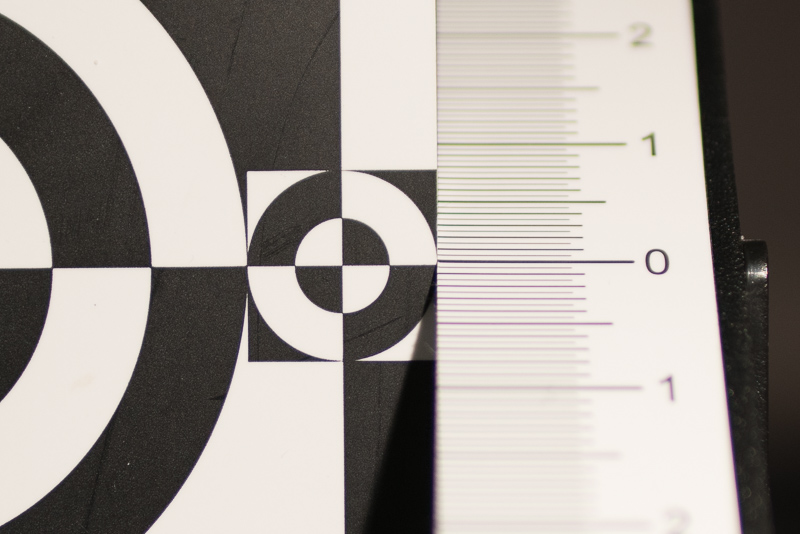
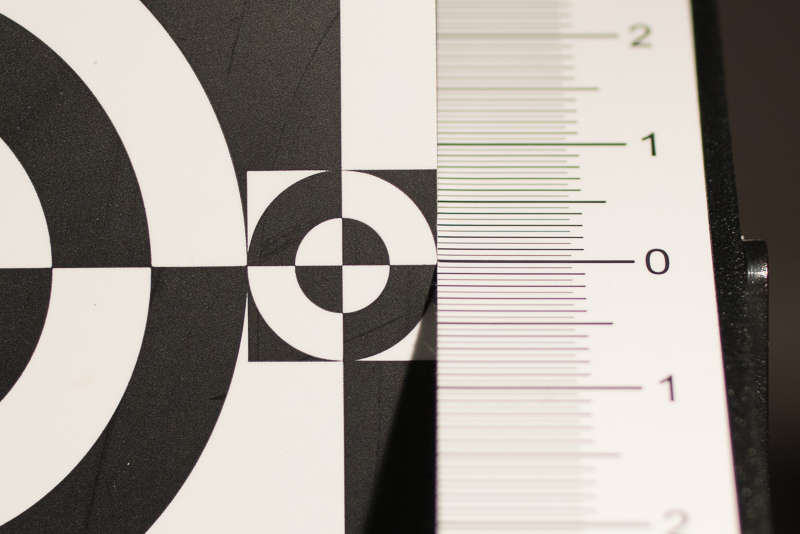


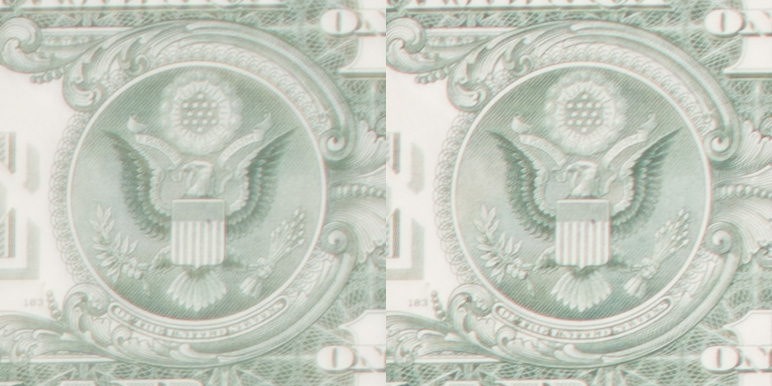



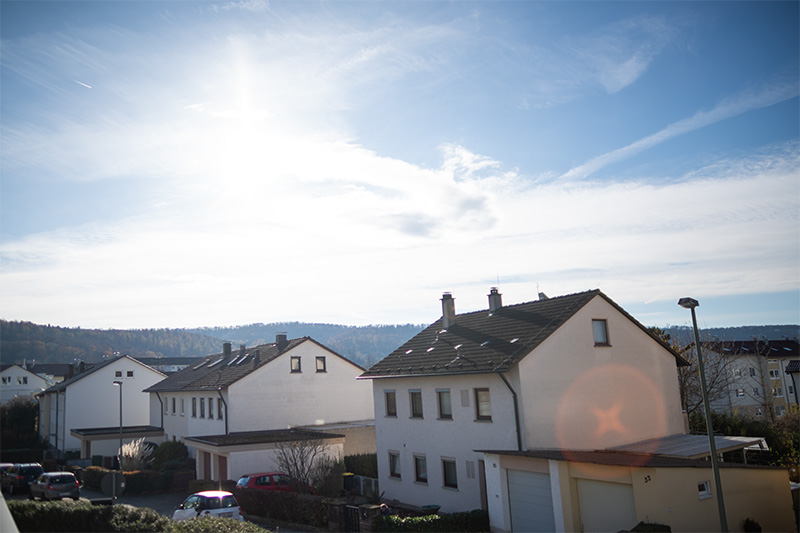
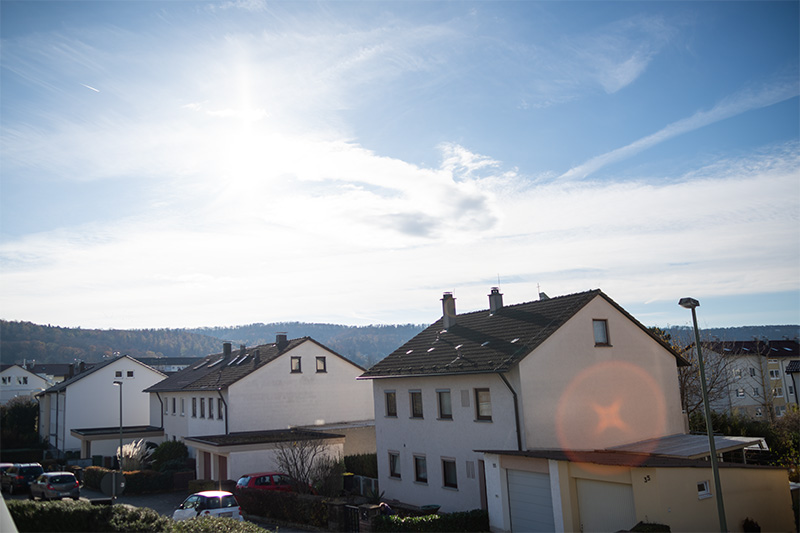
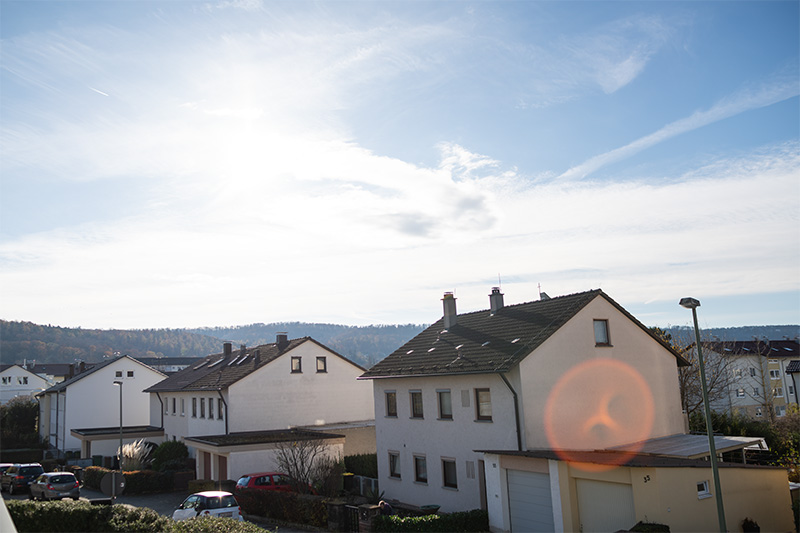
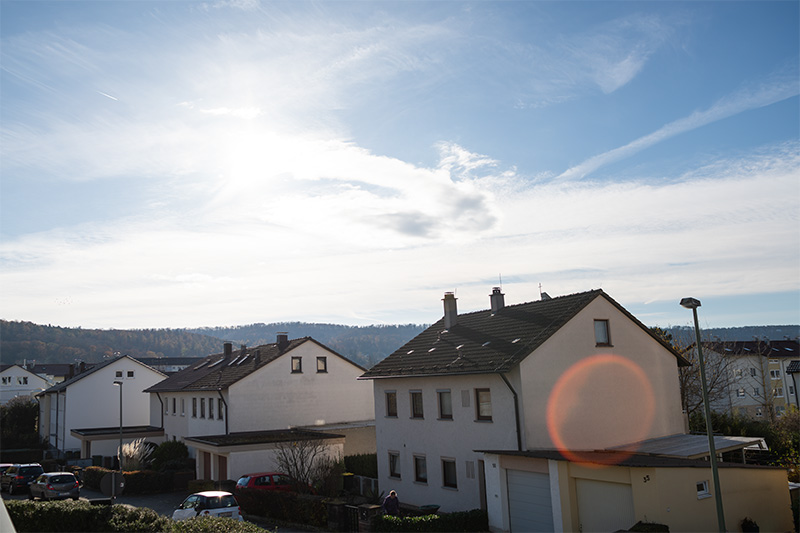
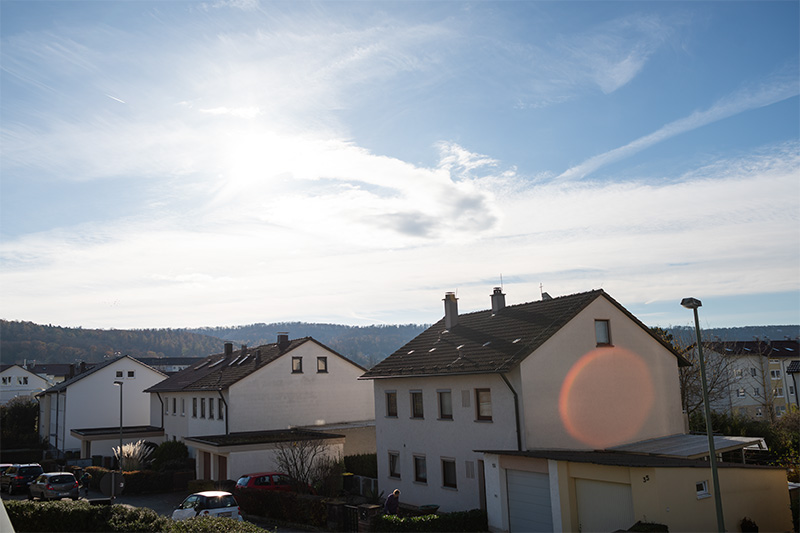
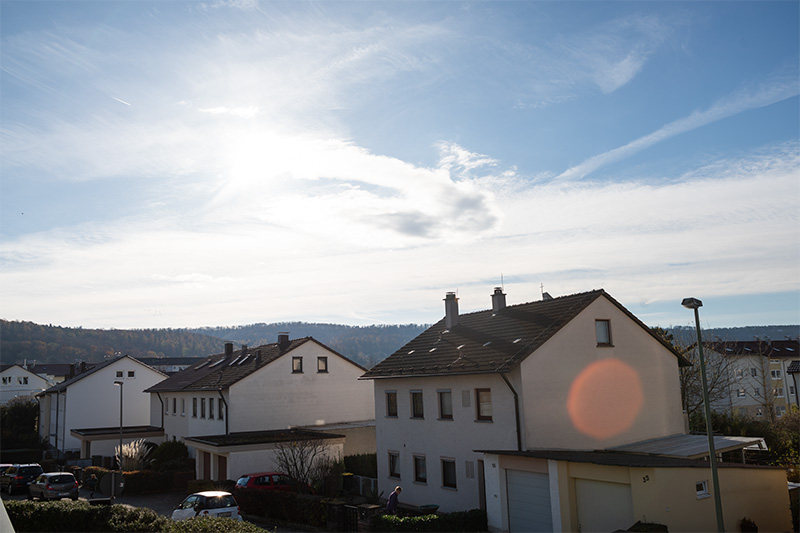
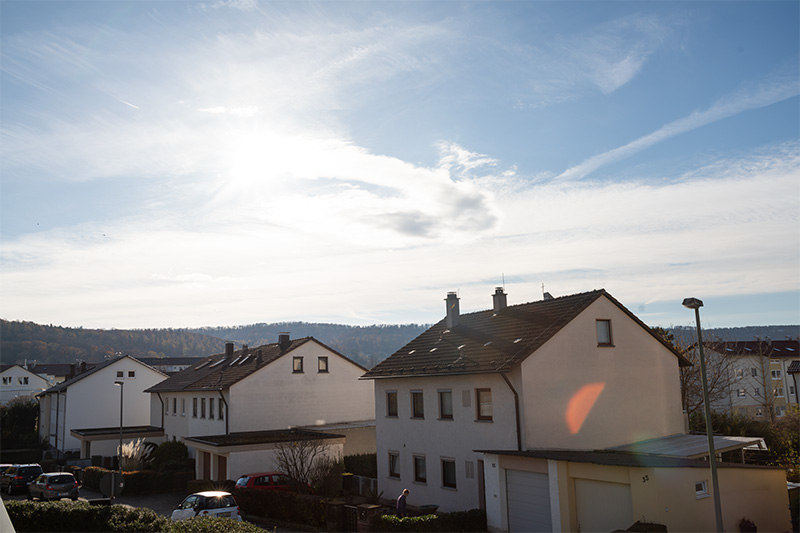
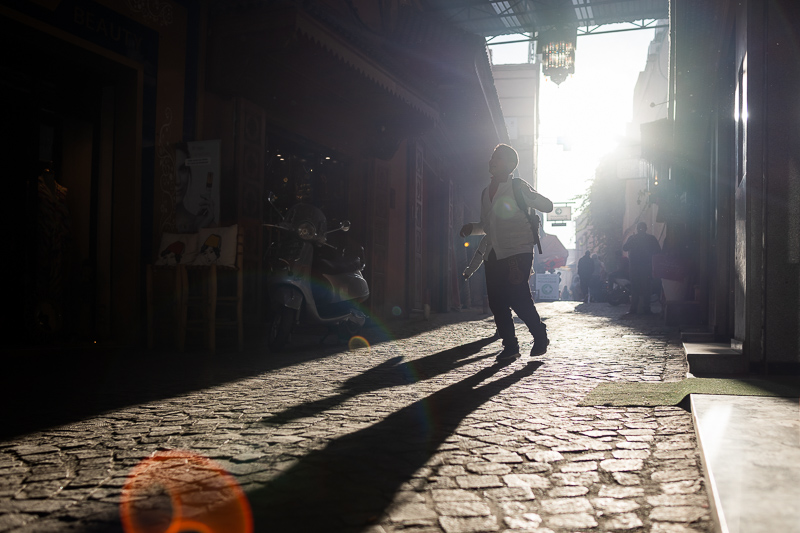
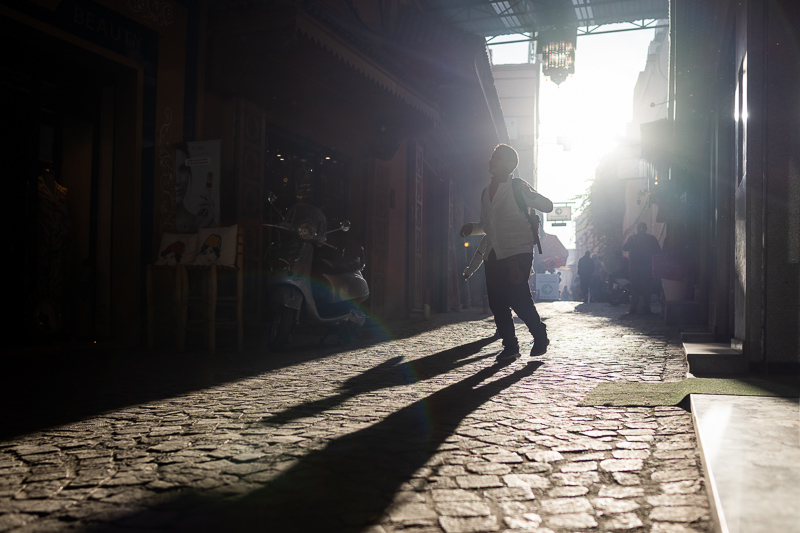
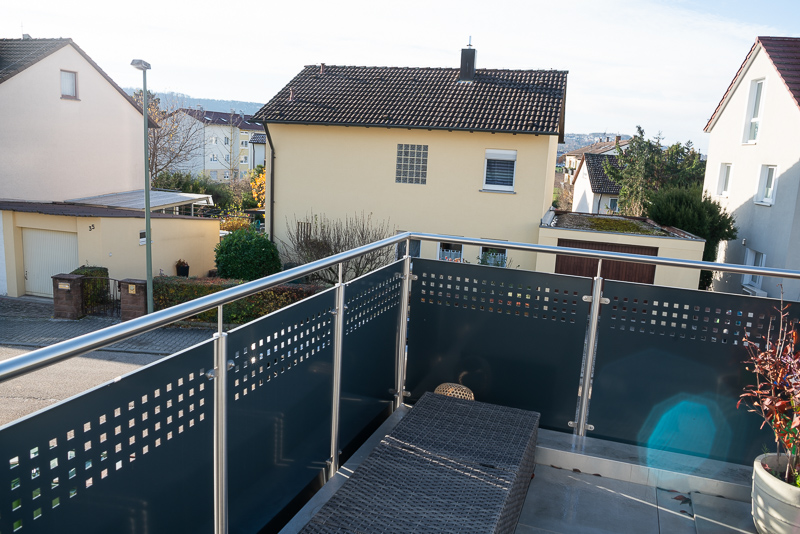
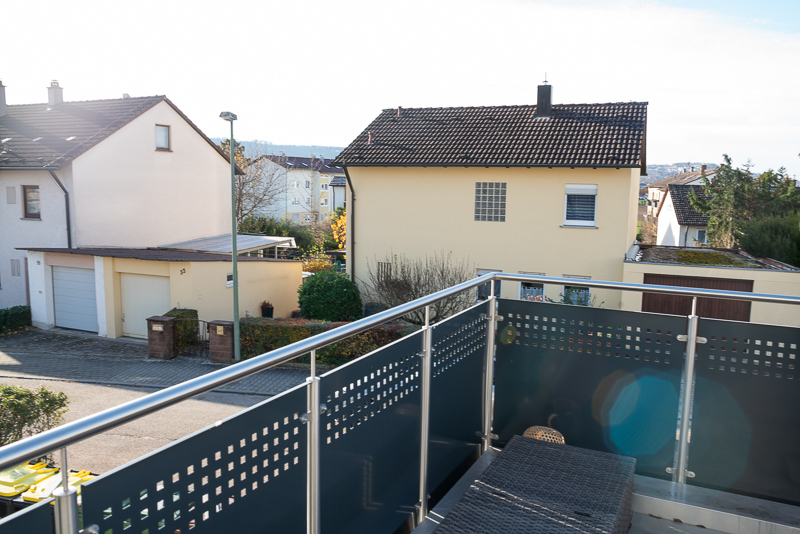
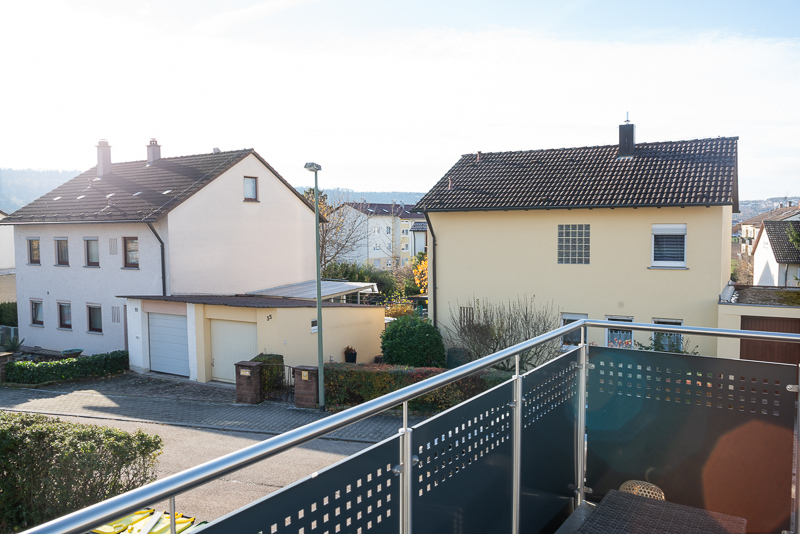
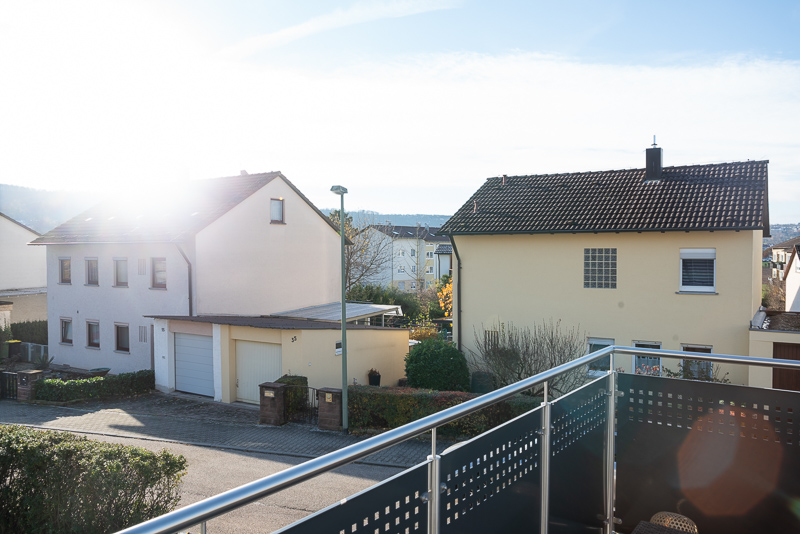
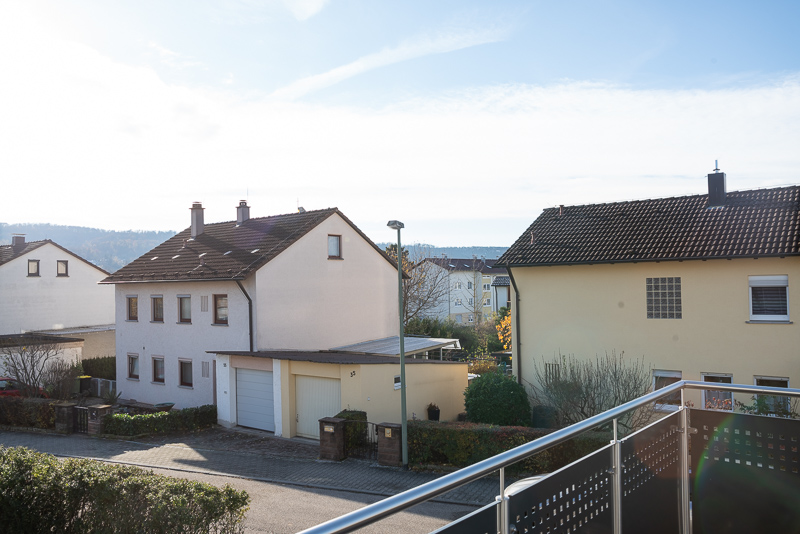
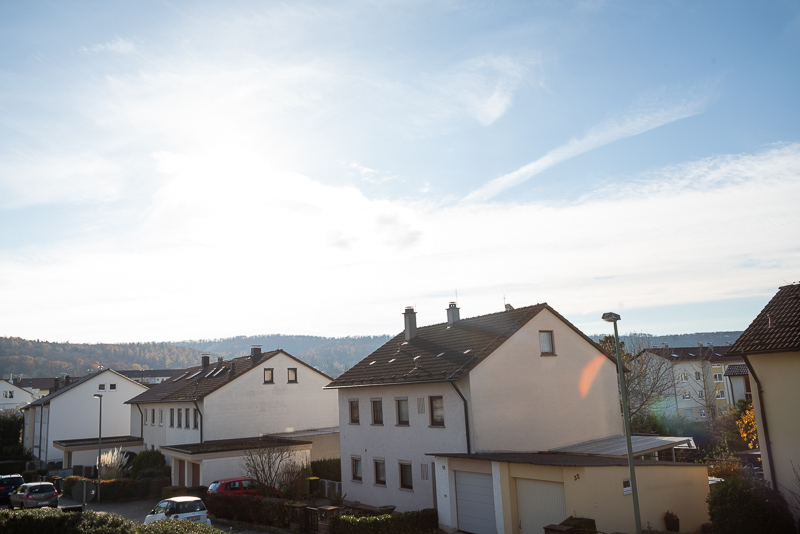
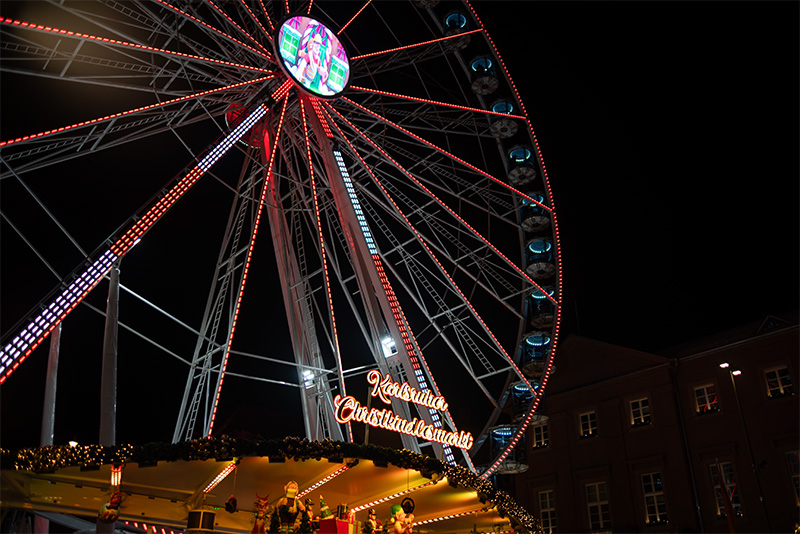

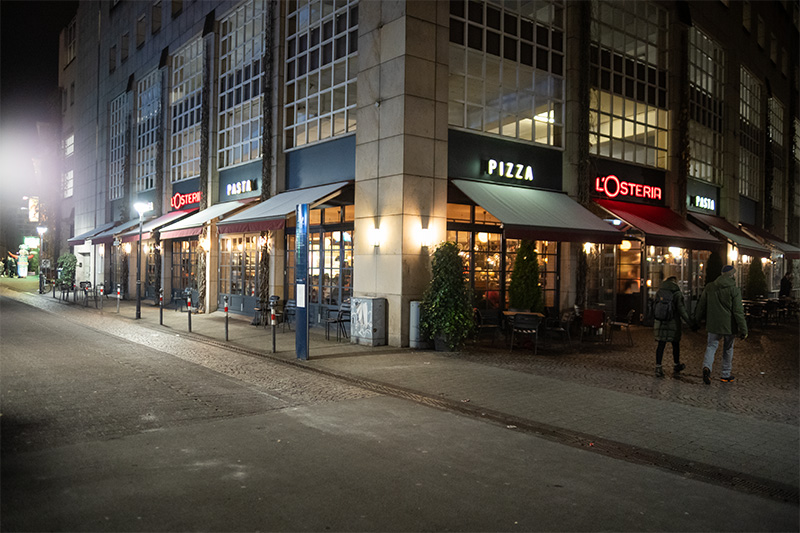

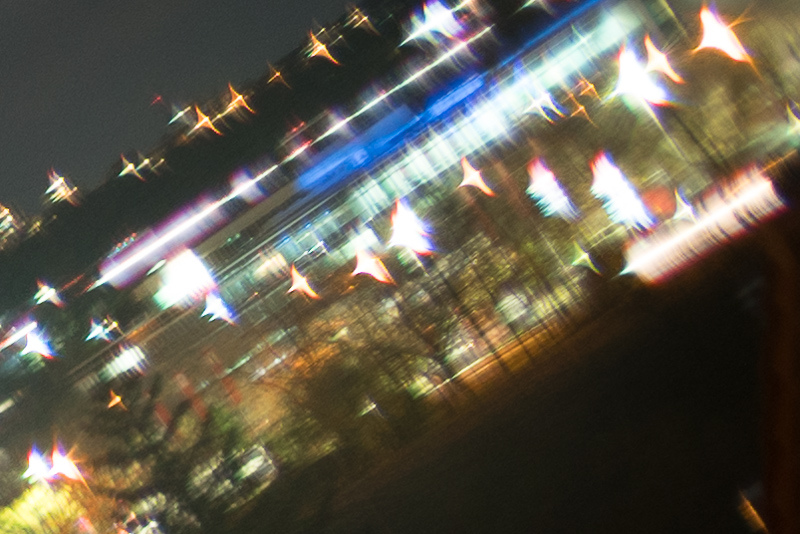
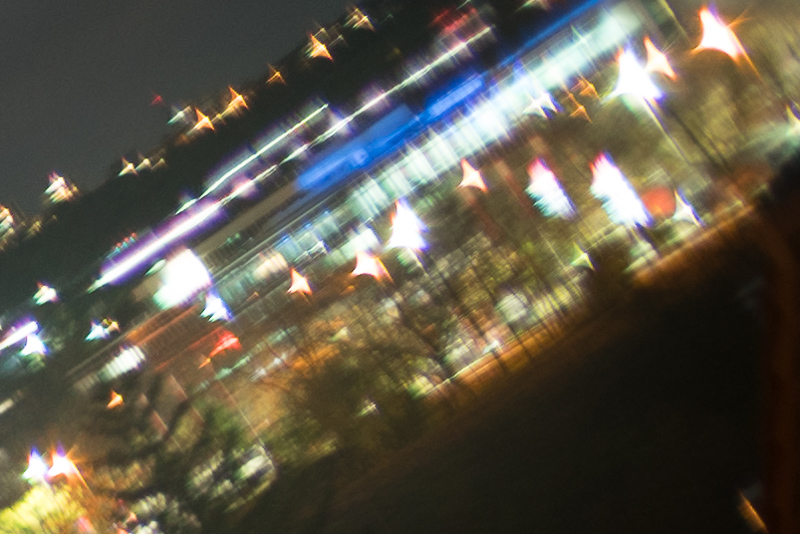
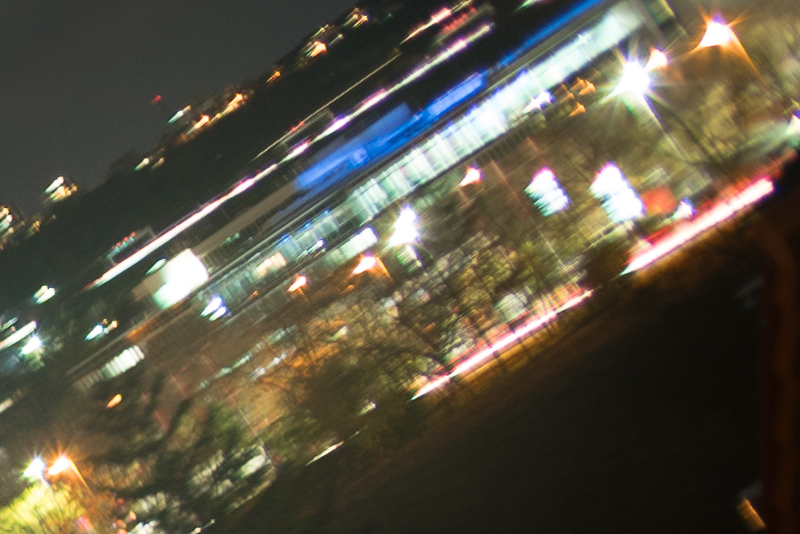
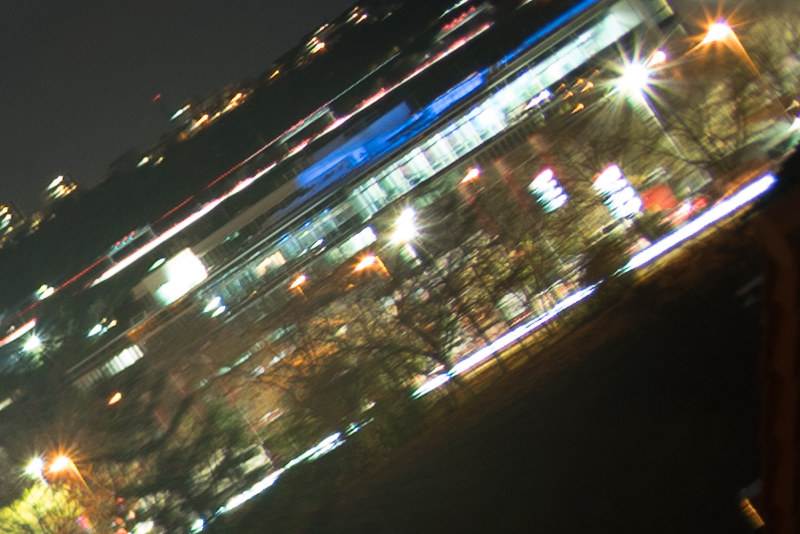

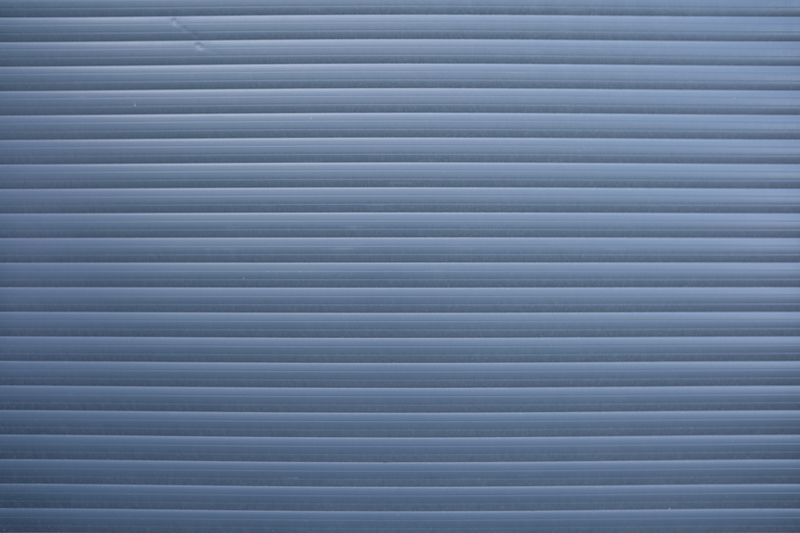
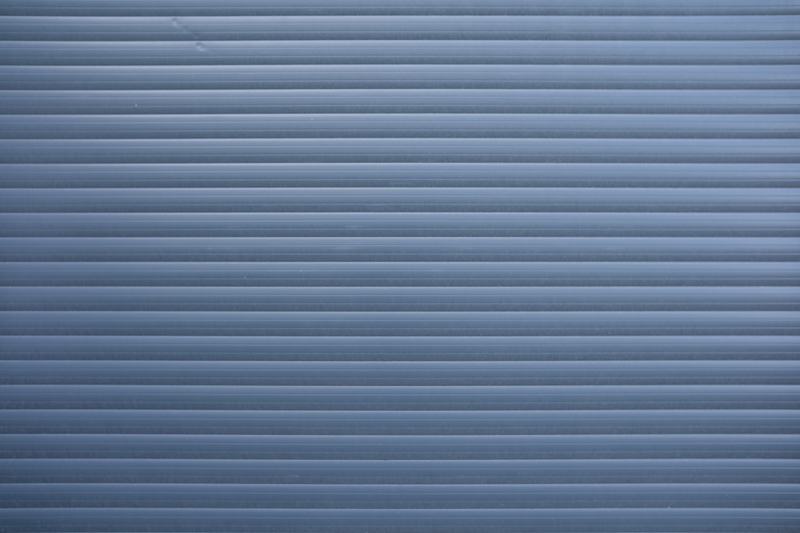
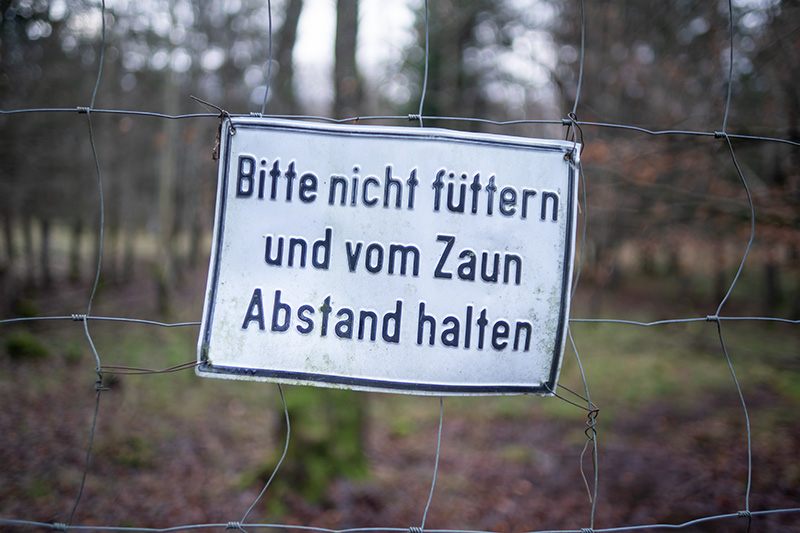
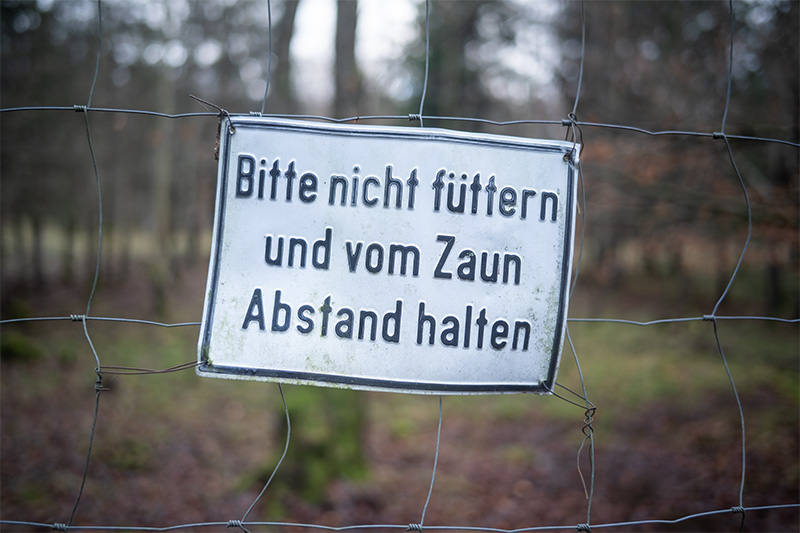
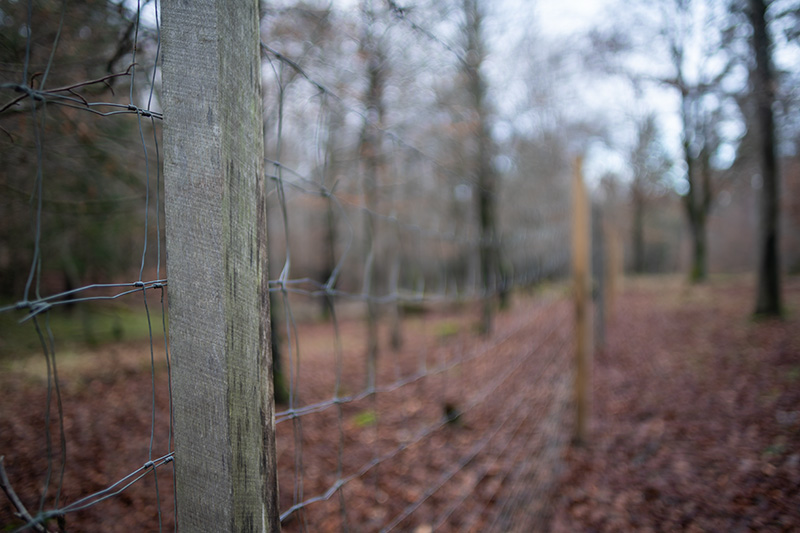
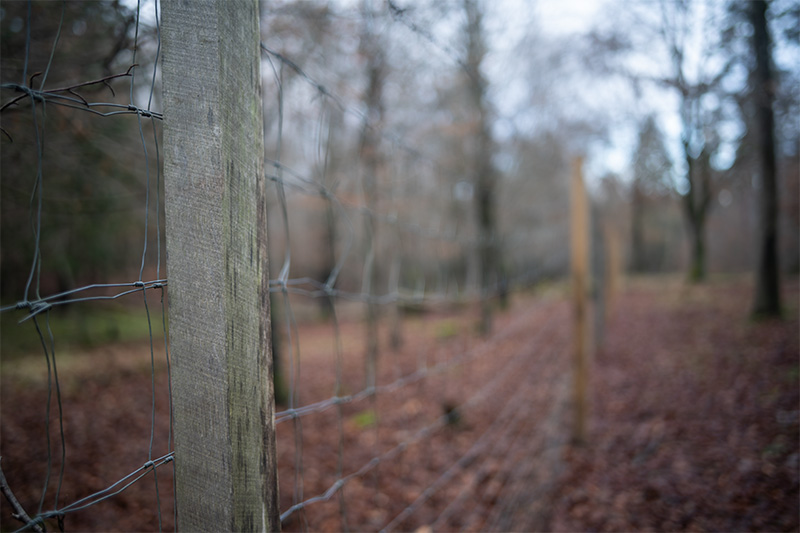
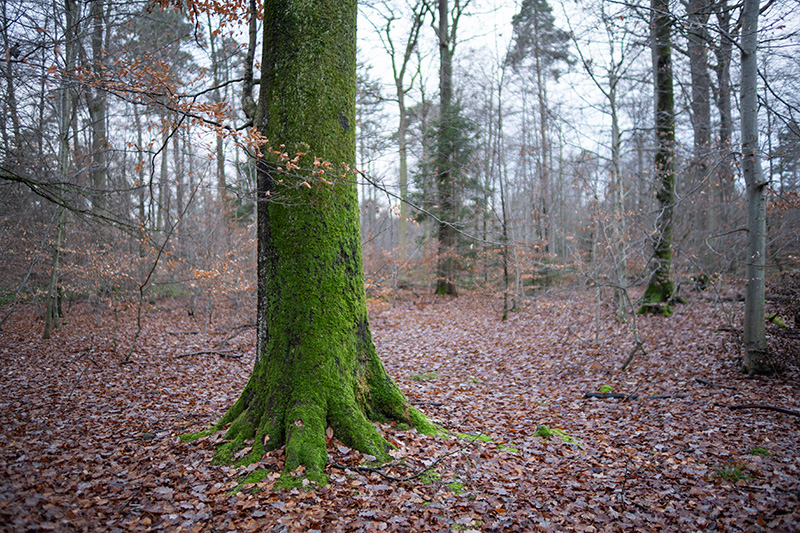
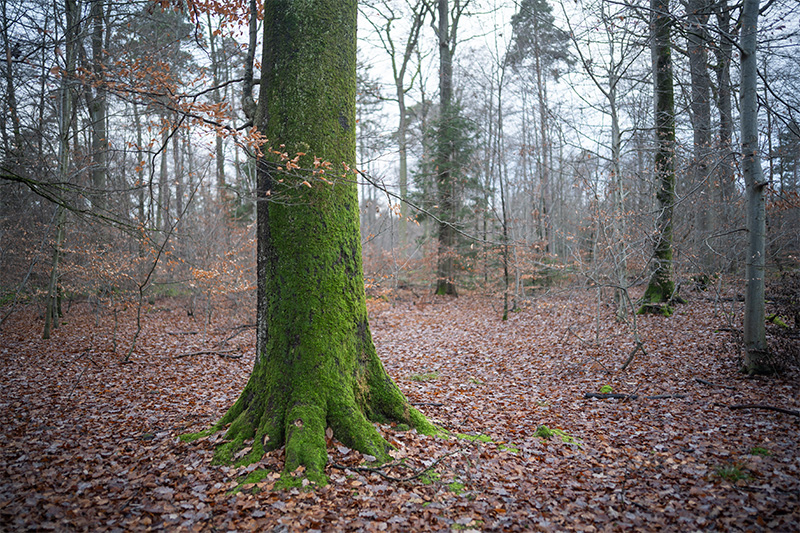

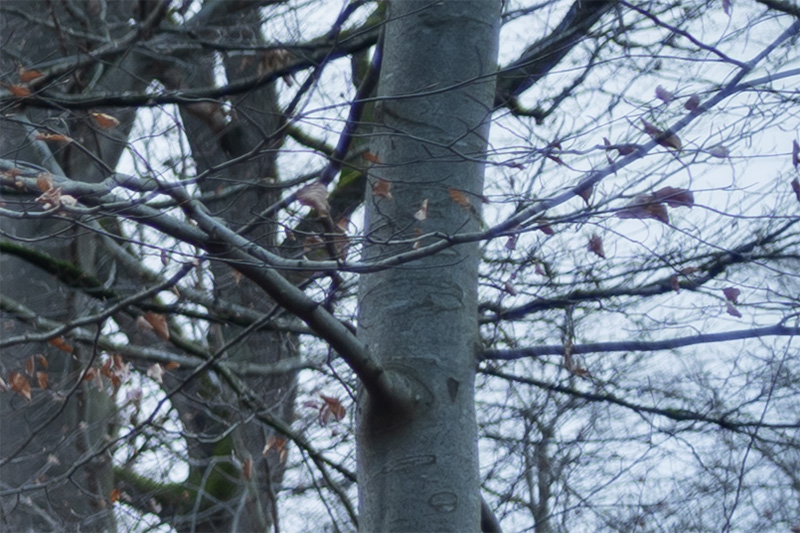
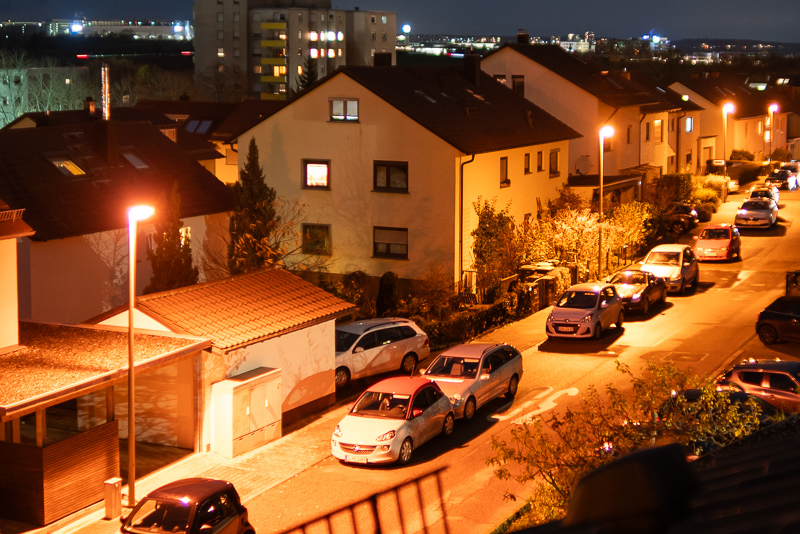
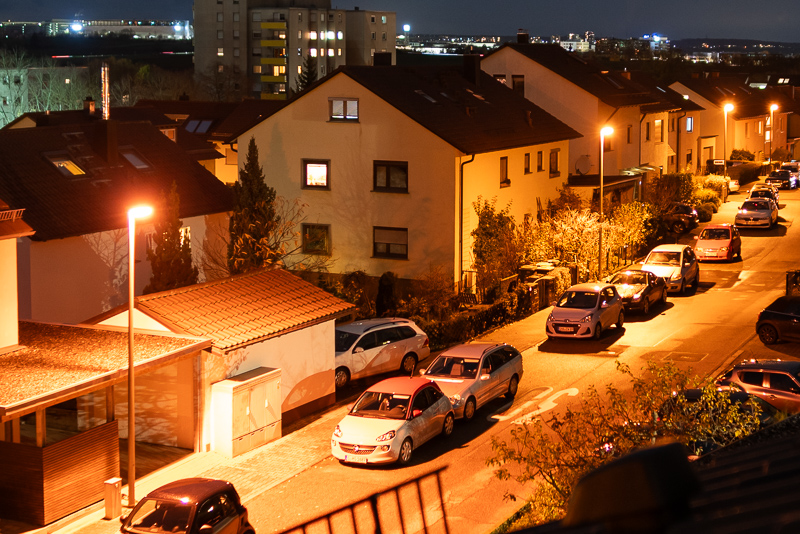
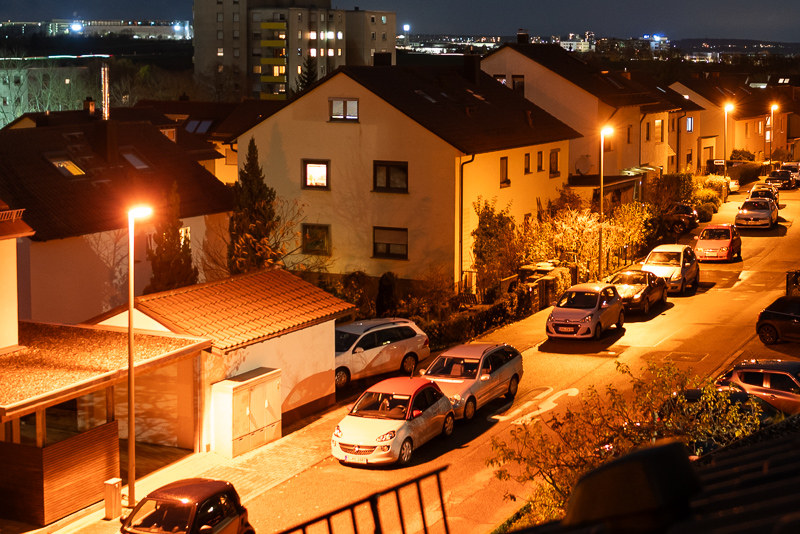
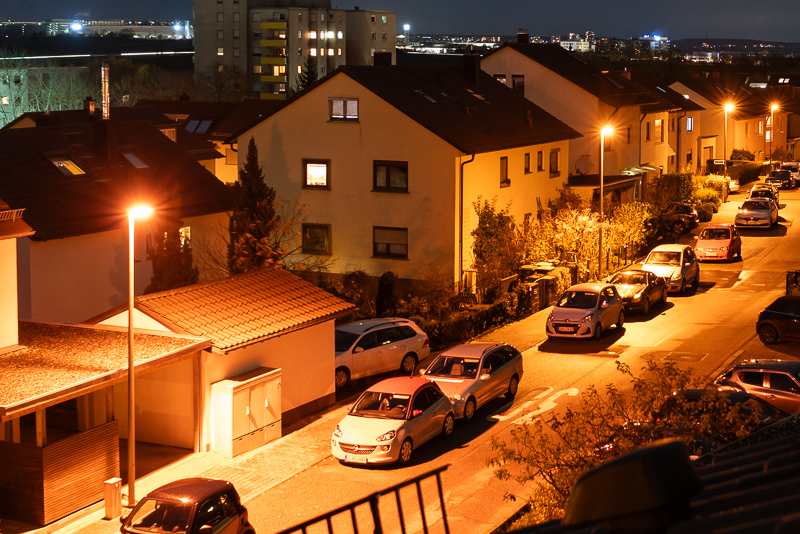
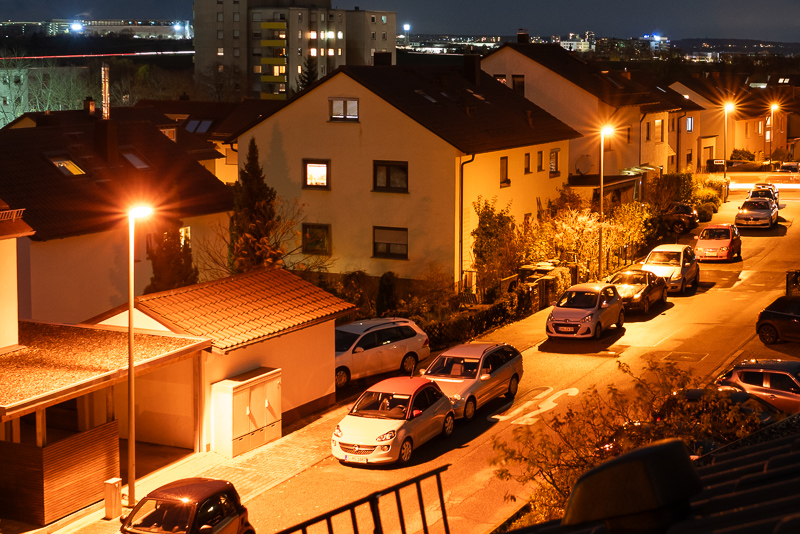
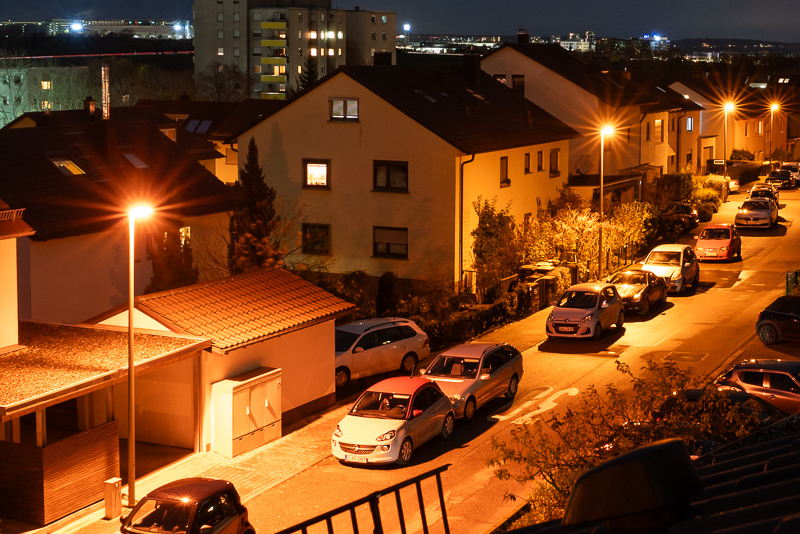
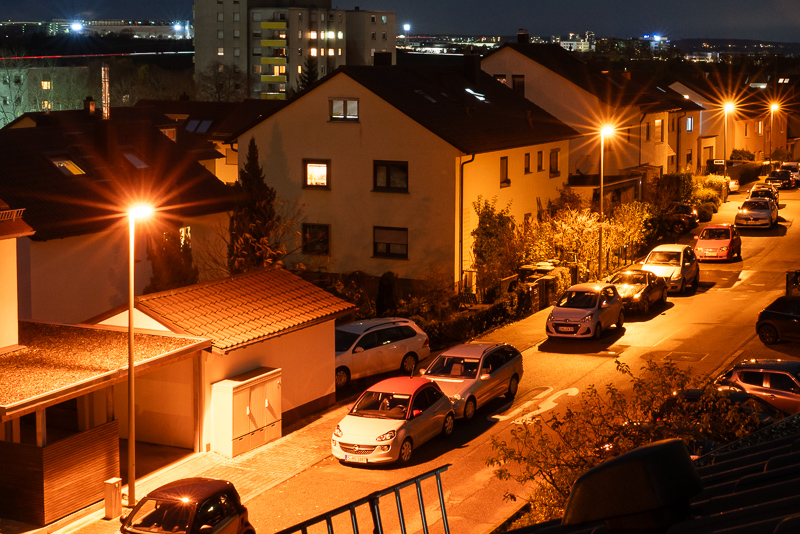
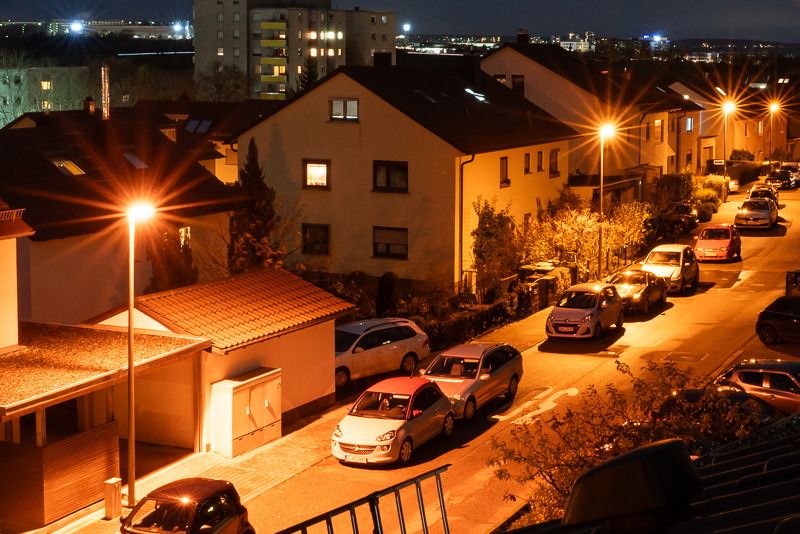
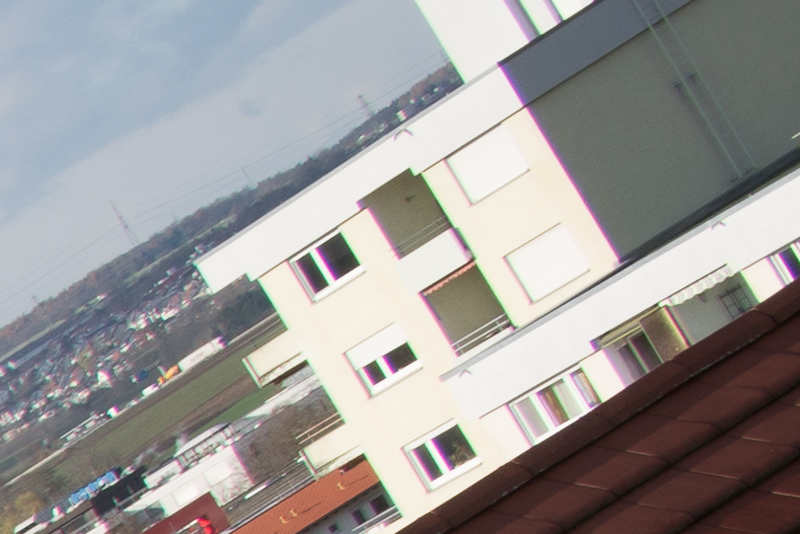
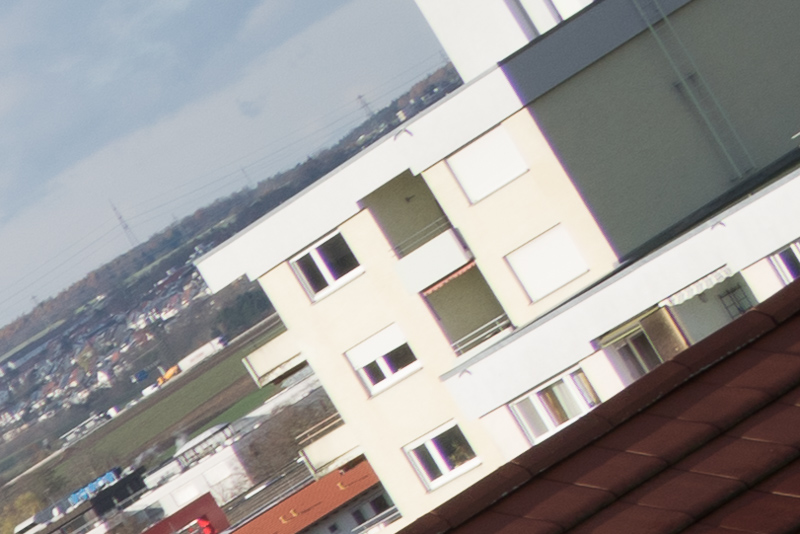
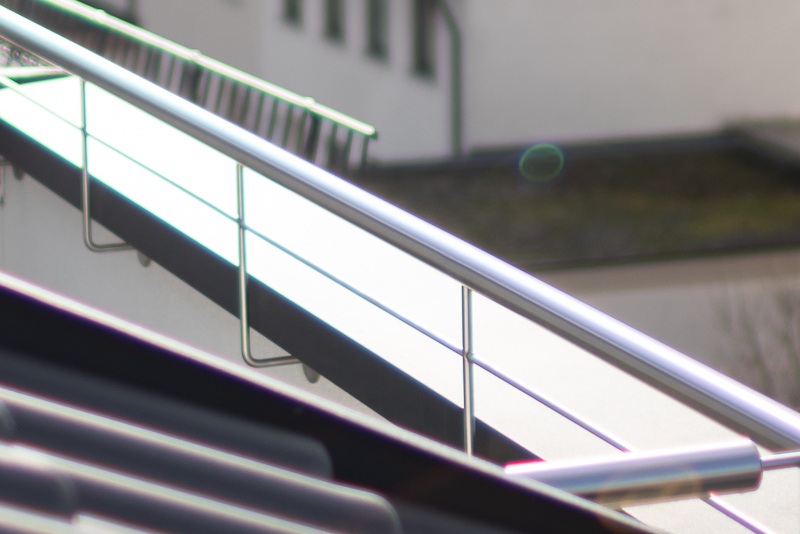
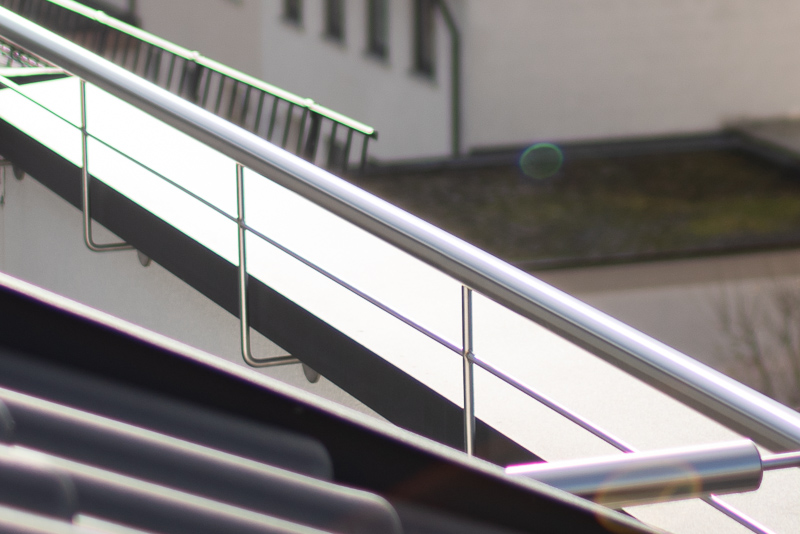
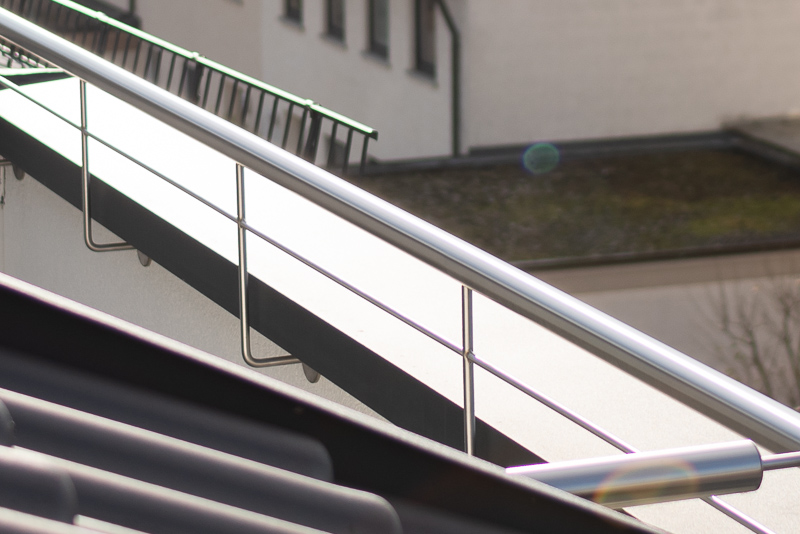
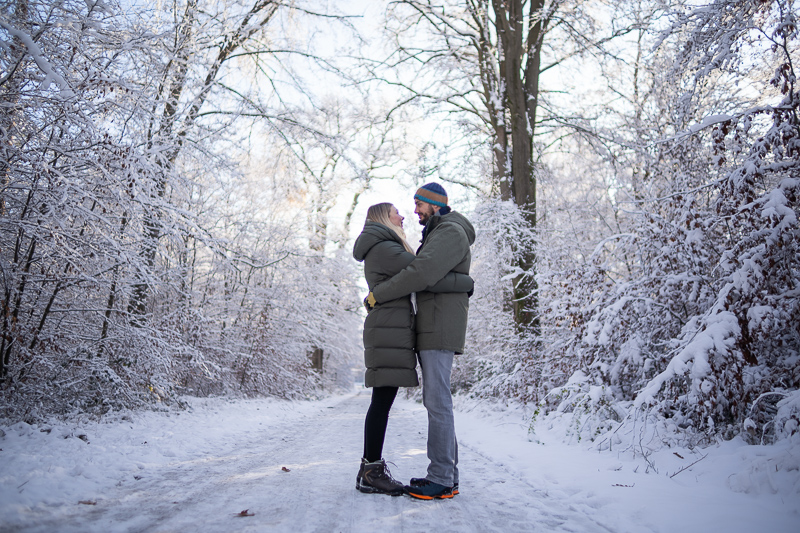
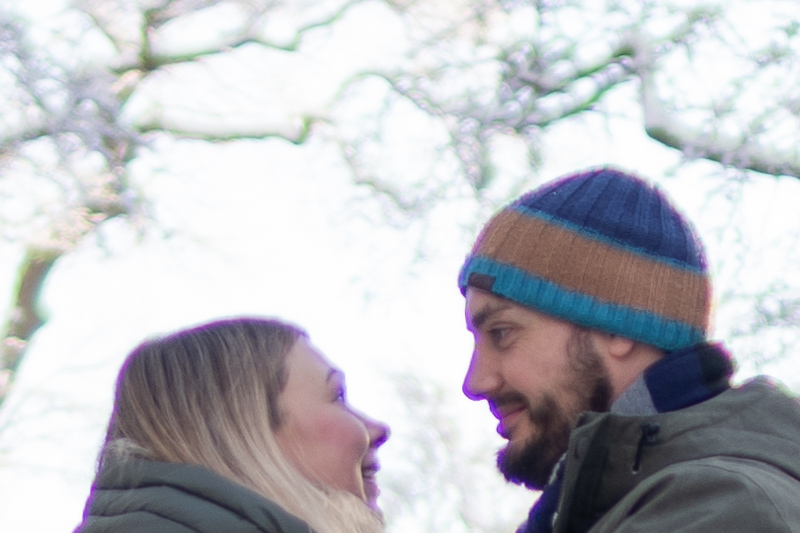
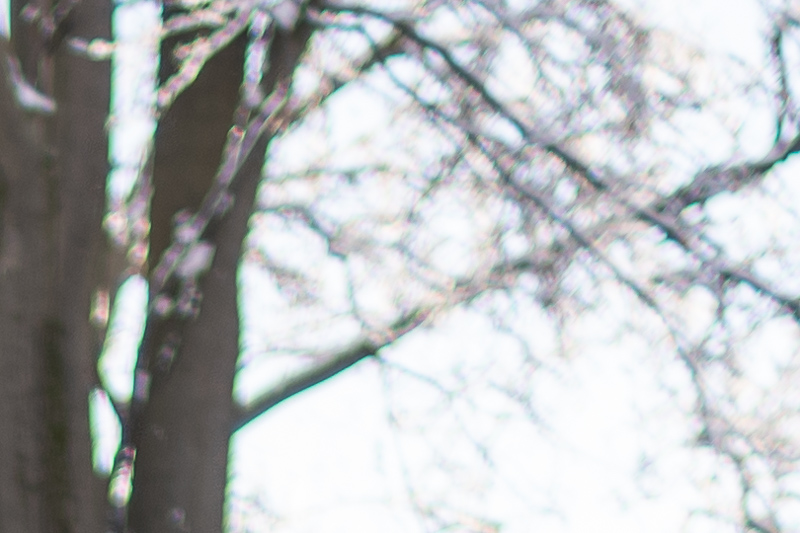
I really love the 3D pop from this lens! Really impressive. I do agree that the lens seems to perform a bit better all-round then the Laowa, but it is significantly more expensive.
Did you have a good trip to Morocco?
It was a very interesting experience, but I would not really want to recommend it for taking pictures.
The locals are not fond of it.
While the Laowa seems to have a bit smoother short-distance bokeh (it is a bit faster, so that plays a part too I guess), Nikon appears to have much better contrast on the subject and actually the separation seems higher to my eye (“3D pop” I guess).
I actually liked the Nikon more in the direct short-distance comparison section. If we isolated the bokeh only, Laowa would look a bit better, but the area in focus doesn’t stand out much. The floating elements made such a difference in the end…
Very enjoyable review Bastian, thanks!
The Laowa also features a floating elements design with two independently moving groups.
Just seems to me, it is more optimized for infinity.
This is one of the most impressive older lenses I’ve seen, they really did a good job here and I can see why prices have remained high especially when competing lenses that have come out since still lose in at least one area to it.
Wow what an amazing lens that renders so beautifully. I wonder if it were designed for DSLR and not film if it would have performed better on the Sony sensor at infinity.
Waiting patiently for a really solid, fast native 28mm option for Sony and, while we are close with the Laowa, I still don’t think we are there.
I checked how the lens performs on my Sony A7rII with Ultra Thin filter stack modification and it is slightly better in the midframe at infinity but in return the corners look worse.
Because of the floating elements design I also checked the performance with adapters of 3 different lengths (one shimmed to the correct one) and there are also only small differences at infinity.
Oh well, across frame sharpness is good enough at 5.6 for landscapes. A little CA too, but frankly I find undercorrected CA to be correlated with excellent color rendition and tonal resolution and this lens is excellent on those fronts. Honestly if they made a lot more of these (so cheaper) and if it worked with the AF monster adapter I have, I would probably get this lens
Really Nice review. I once had the chance to buy a 2nd hand in 1998 , compared it to the Nikkor AIS 28mm f2.8 (150 DM) and Nikkor AF D 20-35mm f2.8 (800 DM) also with a grounded aspherical lens. After shooting a roll of Velvia with those. I ended up buying the 28mm AIS f2.8 which I liked much more close up. On film it was better than the 28mm f1.8. But I also bought the 20-35mm which was quite good from 20-28 mm, from f3.5 not too much coma. ( I shot also stars in those days) When I got the D800 in 2012 I sold the 20-35mm. And a few years ago sold my 28mm, since it was not performing well on IR and found a very nice 2nd hand copy 28mm Sigma ART f1.4 which is the ultimate top notch 28 mm right now, even at night on a Z7 / converted Z6 UVIR. I re-added a cheap 24 mm f2.8 AIS (100€) to my arsenal. Better in IR and unexpectedly nice in UV. Used that lens a lot in the nineties with Kodachrome 25 / Velvia but that copy got worn down.
oops 28mm f1.8 = 28 mm AFD 28mm f 1.4
I bought the 28 Ultron II type I, and I found it lovely (and on the wider side). But searching bokeh separation at those focal length… I don’t know.
I found in the end I don’like the 28mm focal lenght. Fred Miranda review of the 28 Nokton did not excited me at all, and recent review of the Typoch neither.
So the 24 GM is the fast wide I still
prefer, enough sharp enough fast, and better than any 28 I have took in consideration.
I love my copy and when I get a wild thought to sell it I search reviews and then look over my catalog of images and quickly change those thoughts to, it’s definitely and keeper lens.
Besides that it renders wonderfully on the Nikon Df, the only DSLR I keep for this lens and the 58mm!
Cheers to you for a fantastic review and for showcasing some wonderful images to go along with it!
Your reviews are reliable and informative. Keep up the great work!
Thank you!
Thank You so much for this extensive and profoundly written review. Great! One Question: Can I use this lens on the Nikon F4, or are there any limitations?
Thank You, Reza Hosseini
No limitations!